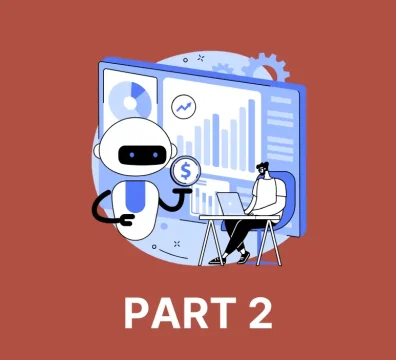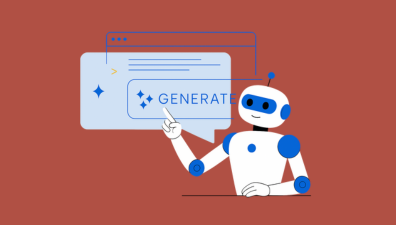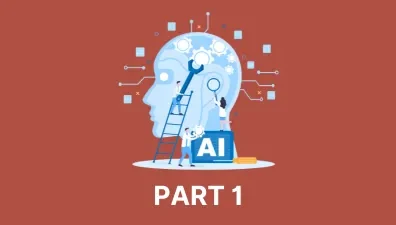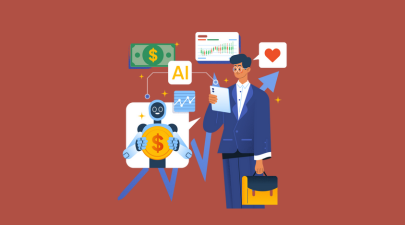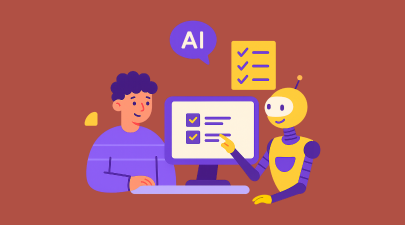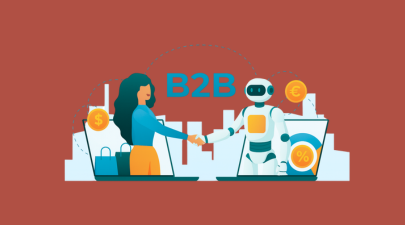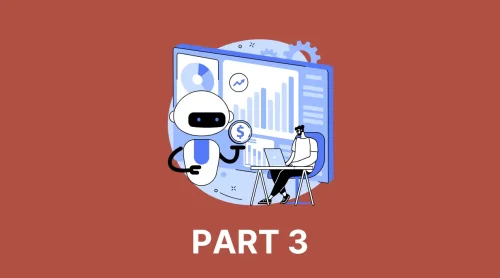After exploring conceptual foundations in Part 1: Foundations and Core Applications and proven success stories in Part 2: Real-World Case Studies & Success Stories, this final chapter shifts to strategy, governance, and the future of AI in B2B. It explores how organizations can move from experimentation to enterprise-scale transformation by developing robust AI adoption frameworks. Businesses learn how to assess digital maturity, identify high-impact use cases, and align AI strategy with overall corporate goals. It also discusses vendor selection, upskilling teams, and building internal cultures that embrace AI collaboration rather than resist it.
Beyond today’s implementation challenges, this part also peers into the next era of enterprise intelligence. Trends such as autonomous decision-making systems, AI-driven marketplaces, agentic AI in procurement, and human–AI collaboration are redefining what “intelligence” means in the B2B world. The section highlights how forward-thinking companies can prepare for 2030—where AI will power predictive supply chains, automated negotiations, and ecosystem-level decision-making. With strategic foresight and ethical governance, AI for B2B becomes the core driver of resilience, innovation, and sustained competitive advantage in an increasingly interconnected economy.
Table of Contents
Benefits of AI for B2B Companies
The adoption of AI for B2B is no longer a futuristic concept but an essential strategy for companies that want to remain competitive in a fast-changing global economy. From manufacturing to finance to SaaS, businesses are discovering that AI-driven tools can streamline operations, cut costs, improve decision-making, and strengthen customer relationships. Unlike consumer-focused AI applications, which emphasize speed and convenience, AI for B2B emphasizes precision, scalability, and the ability to handle complex workflows with multiple stakeholders. The benefits extend across all areas of enterprise operations, reshaping how companies operate internally and how they engage externally with clients, partners, and regulators.
Efficiency & Cost Reduction
Efficiency and cost optimization are two of the most immediate and tangible benefits of AI for B2B. Enterprises face constant pressure to do more with less, and traditional methods of scaling operations often involve adding headcount or absorbing higher costs. By integrating AI-driven automation, B2B firms can reimagine their workflows and extract greater value from existing resources.
Streamlining workflows through automation
AI for B2B collapses multi-step workflows by pairing deterministic rules with probabilistic models. For example, an intake bot can extract key fields from PDFs, validate them against ERP records, and trigger approvals with confidence scores and justifications attached. When a case falls below the threshold, it’s escalated with context so humans decide faster. Over time, the model learns from resolutions and tightens its recommendations.

Beyond back office, orchestration agents coordinate actions across systems: creating purchase orders, scheduling dock appointments, reserving inventory, and posting journal entries—each with proper logging for audits. The outcome is not just speed; it’s consistency. Standardized, AI-driven flows reduce variance between regions and business units, making operations more predictable at scale.
Reducing errors in supply chain and operations
Errors in supply chains—mis-picks, wrong carriers, mis-slotted SKUs—are expensive. AI for B2B reduces these by monitoring sensor, WMS, and TMS data in real time, flagging anomalies before they propagate. Computer vision can verify pallet builds; predictive checks catch label mismatches; and route optimizers re-sequence stops as conditions change. Each micro-correction avoids downstream rework and chargebacks.
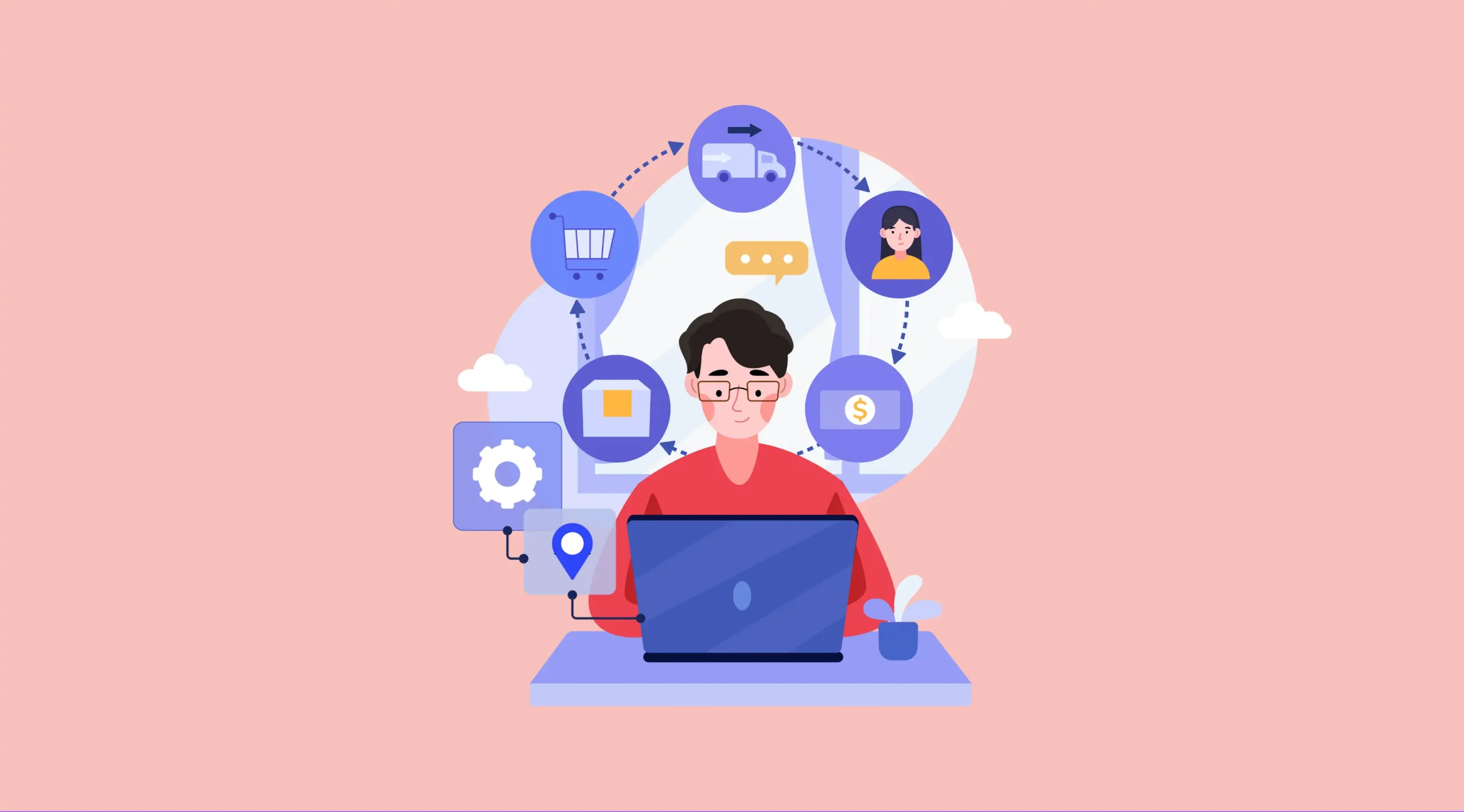
Crucially, AI for B2B does not only detect errors; it helps explain them. Feature-importance and root-cause narratives show which factors—seasonality, carrier performance, slotting congestion—contributed to deviations. Teams move from firefighting to prevention, updating SOPs and constraints based on evidence rather than hunches.
Saving costs in manual, repetitive tasks
Manual repetition hides across the enterprise: typing the same notes in two systems, reformatting spreadsheets, drafting routine emails. Generative AI for B2B eliminates this busywork by producing first drafts of responses, summaries, playbooks, and change logs in seconds. Humans still review, but the blank-page penalty disappears and throughput rises.
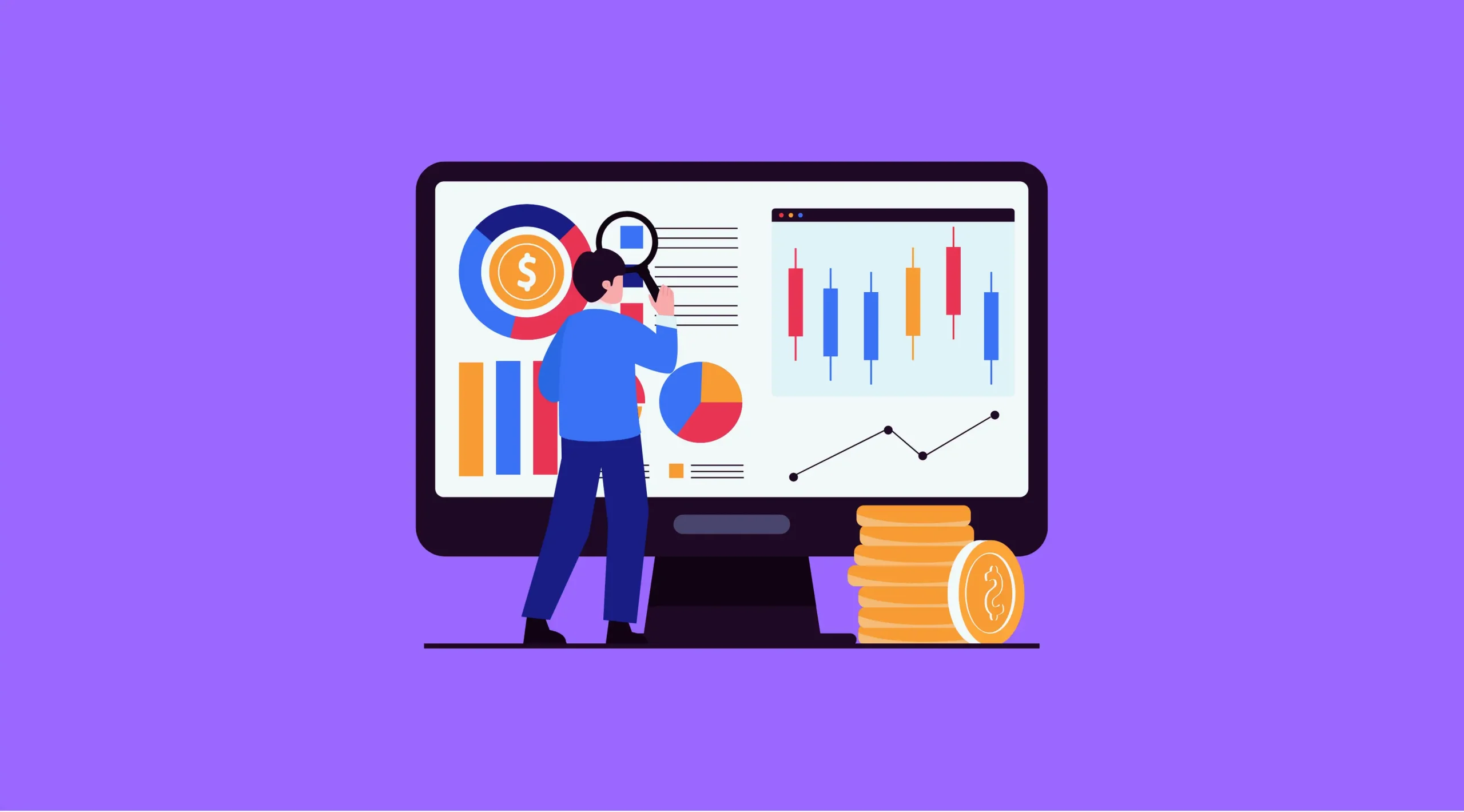
The cost story is bigger than labor. Fewer manual touches reduce exception fees, vendor penalties, and write-offs. And because AI for B2B captures structured telemetry on every automated step, leaders can quantify savings, feed them into rolling forecasts, and reallocate budget to growth initiatives with confidence.
Data-Driven Decision Making
In today’s environment, the difference between thriving and merely surviving often depends on how well companies can interpret and act on data. B2B organizations deal with vast volumes of information, from client contracts and procurement histories to market trends and competitor activities. AI for B2B equips decision-makers with tools to extract actionable insights from this ocean of data.
Faster market and competitive intelligence
Traditional competitive intelligence is slow: quarterly decks, ad-hoc analyst calls, disparate spreadsheets. AI for B2B automates horizon scanning—tracking pricing moves, job postings, conference abstracts, patent filings, and customer reviews—then clustering weak signals into emerging themes. When three competitors hire the same role profile or file in the same technology class, alerts trigger while there’s still time to respond.

These systems also enrich customer intelligence. Large language models digest win-loss notes, call transcripts, and RFP narratives, extracting the reasons you win and lose by segment, region, and use case. Product, sales, and marketing finally share a single, searchable memory—turning anecdotes into evidence and shortening feedback loops across teams.
AI-driven forecasting for demand and revenue
Forecasts that once leaned on gut feel become data-anchored. AI for B2B combines historicals with leading indicators—web intent, distributor POS, backlogs, macro trends—to produce probabilistic forecasts with confidence intervals. Operators plan to the median while S&OP prepares buffers based on tails, reducing both stockouts and working capital traps.
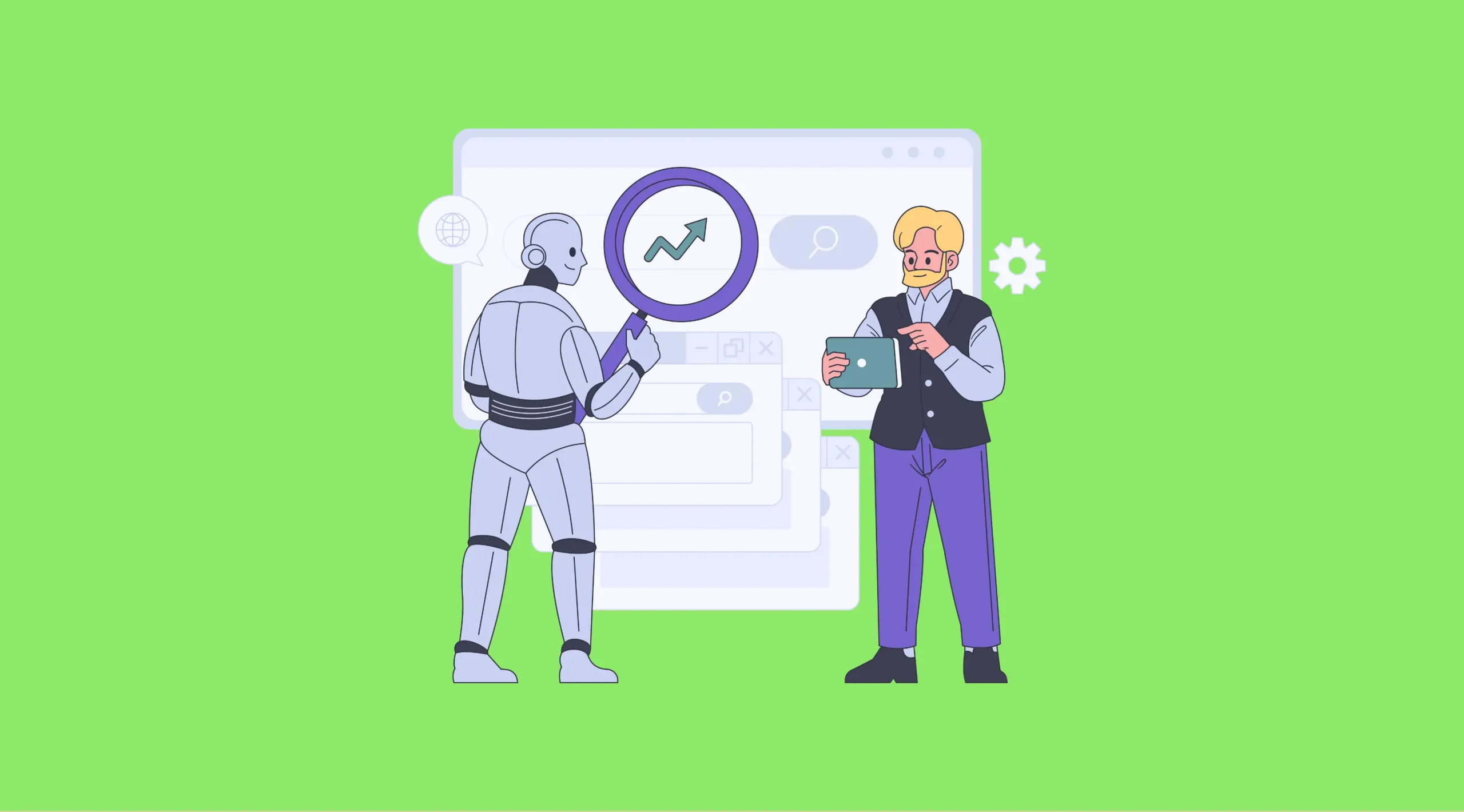
On the revenue side, opportunity-level models evaluate stage hygiene, stakeholder coverage, and engagement velocity to refine commit. Finance gains a truer picture of run-rate and risk; sales leaders coach to the gaps; and marketing tunes pipeline generation to where coverage is thin. Over quarters, variance narrows and planning credibility rises.
Improving accuracy of strategic business decisions
Strategic bets—new markets, partnerships, M&A—benefit from scenario engines that simulate outcomes under different assumptions. AI for B2B stress-tests strategies against sensitivity in input costs, logistics constraints, regulatory shifts, or competitor counter-moves. Leaders see which variables swing outcomes most and design hedges accordingly.
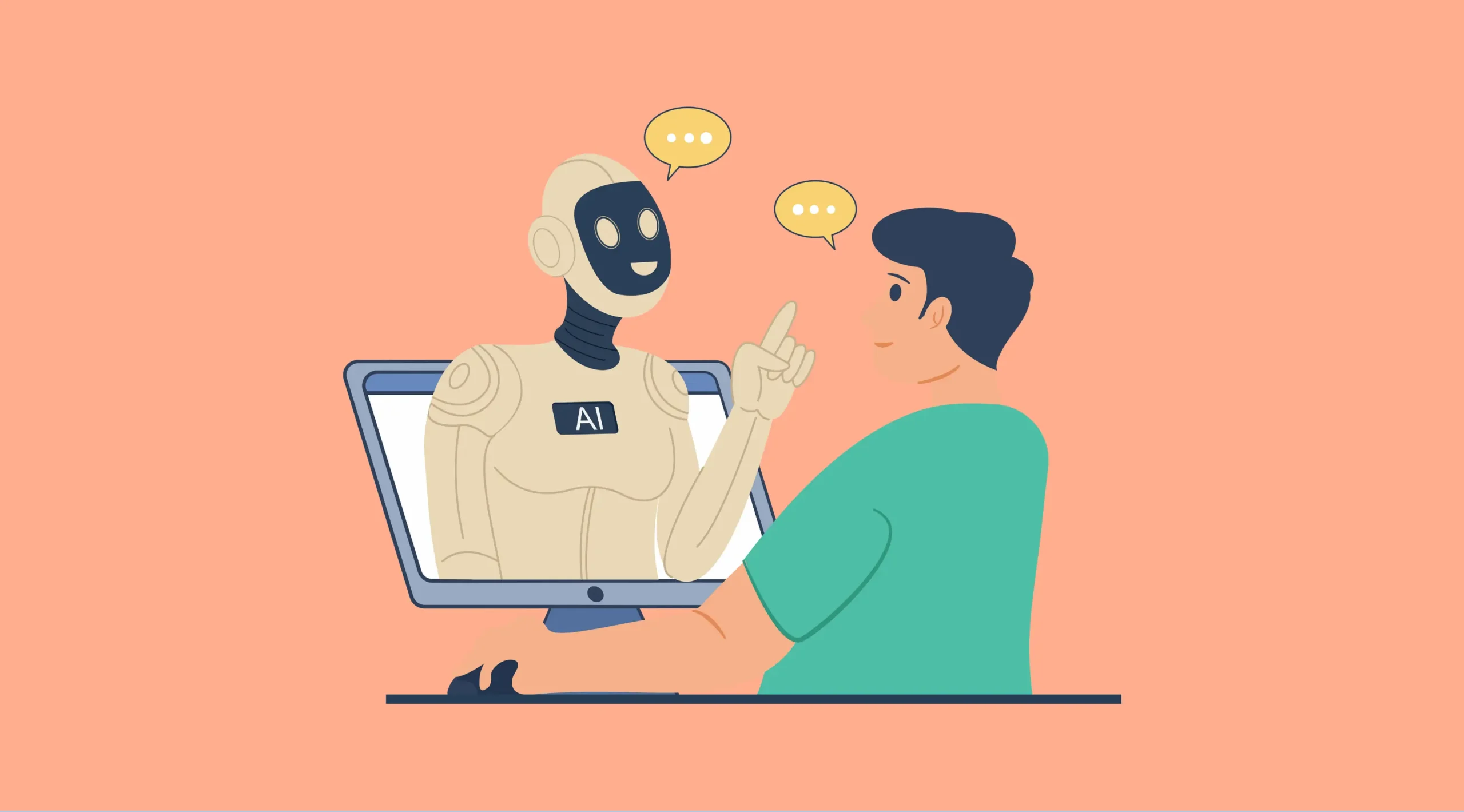
Because models generate explanations, boards and risk committees gain auditability. You can show exactly which signals drove a recommendation and what evidence would change the conclusion. This transparency elevates trust, accelerates approvals, and embeds AI for B2B into standard governance rather than treating it as a black box.
Improved Customer Relationships
In B2B industries, relationships are central to business success. Contracts are often long-term, deals involve multiple stakeholders, and client satisfaction can determine whether revenue grows or stagnates. AI for B2B is a powerful enabler of stronger, more personalized relationships with clients, allowing companies to move from reactive service to proactive, value-driven engagement.
AI-powered personalization for enterprise accounts
Account-based personalization needs more than firmographics. AI for B2B ingests usage telemetry, stakeholder roles, open cases, past orders, and content engagement to tailor campaigns, cadences, and offers by buying center. A CFO receives ROI calculators and benchmarks; a VP Ops sees deployment timelines and reliability stats; a security lead gets compliance mappings—all generated and refreshed automatically.
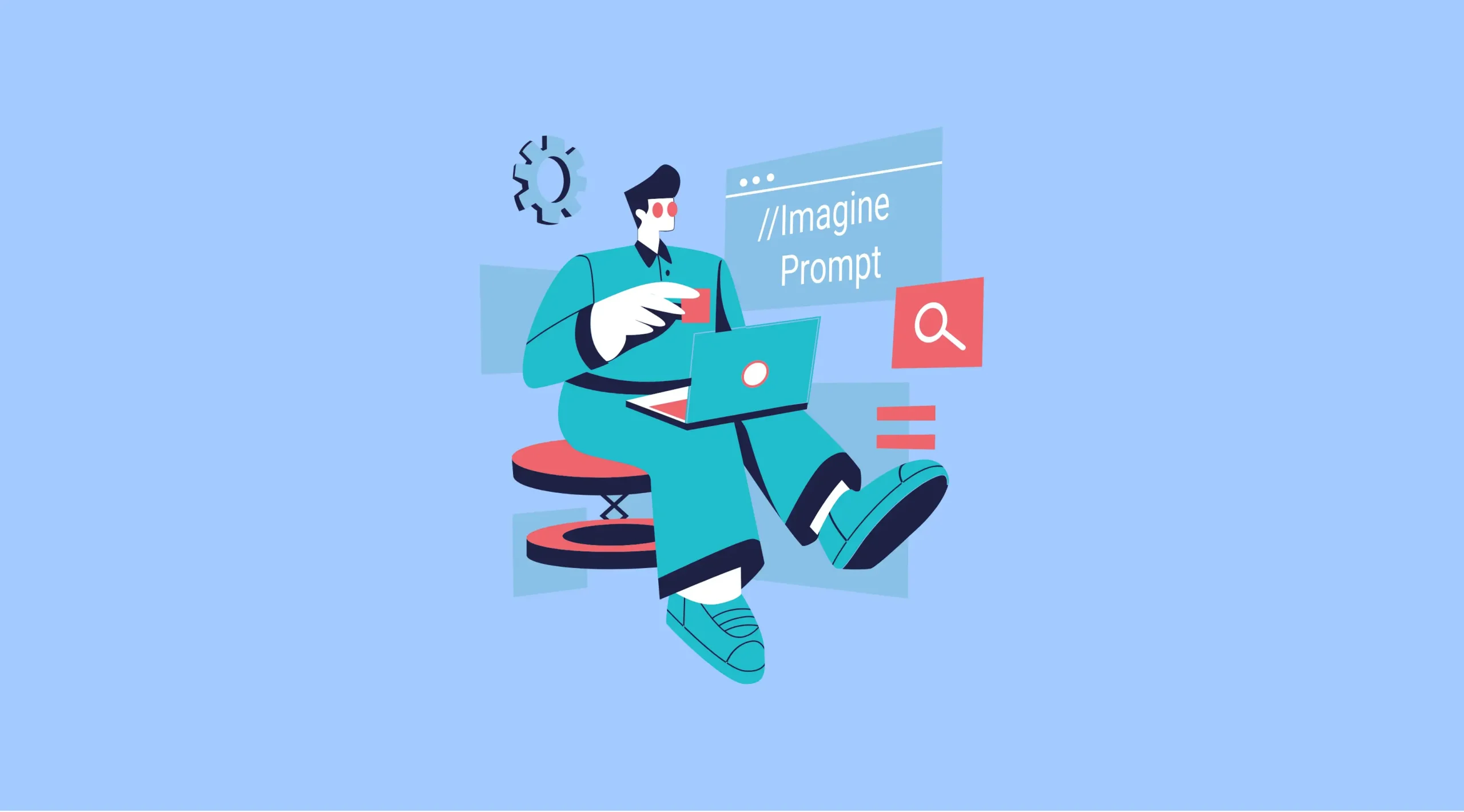
This extends into product experiences. In-app copilots surface feature tips based on user journeys, while knowledge bots tailor guidance to each customer’s configuration. The result is a virtuous cycle: better outcomes drive deeper adoption, which creates richer data, which powers even finer-grained personalization.
Predicting customer needs for proactive support
Churn and escalation risk rarely arrive without early signals. AI for B2B models watch leading indicators—declining logins, stalled projects, unresolved bugs touching executive sponsors, sentiment dips in tickets—and flag accounts weeks before risk becomes visible. Playbooks then launch: executive check-ins, success workshops, roadmap previews, or temporary service credits.

Proactivity also applies to growth. Expansion models spot product-market fit inside accounts by mapping usage clusters similar to prior expanders. Sales and success teams prioritize those buying centers, arriving with the most likely bundle and a quantified business case. Customers experience timely, relevant help rather than generic pushes.
Building stronger, long-term relationships
Trust grows when promises meet outcomes and communication is clear. AI for B2B helps teams set realistic timelines by forecasting delivery risk and capacity; it also generates crisp, customer-ready updates that explain delays and mitigations without spin. Over time, this candor differentiates partners from vendors.
Relationship intelligence graphs capture who influences whom across both organizations, tracking sponsorship health through meeting notes and sentiment. When a champion changes roles, alerts prompt retention plans and introductions. Institutional memory survives turnover, keeping continuity strong across multi-year journeys.
Competitive Advantage
In rapidly evolving industries, adopting AI for B2B can mean the difference between leading the market and falling behind. Companies that move early to integrate AI not only optimize current operations but also position themselves as innovators capable of setting industry standards.
Early adopters gaining industry differentiation
When a supplier demonstrates 30–50% fewer outages via predictive maintenance or a SaaS vendor resolves tickets 40% faster with AI assistance, prospects notice. Case studies and benchmarks turn into durable differentiators. AI for B2B becomes part of the value proposition, not just the delivery mechanism behind the scenes.
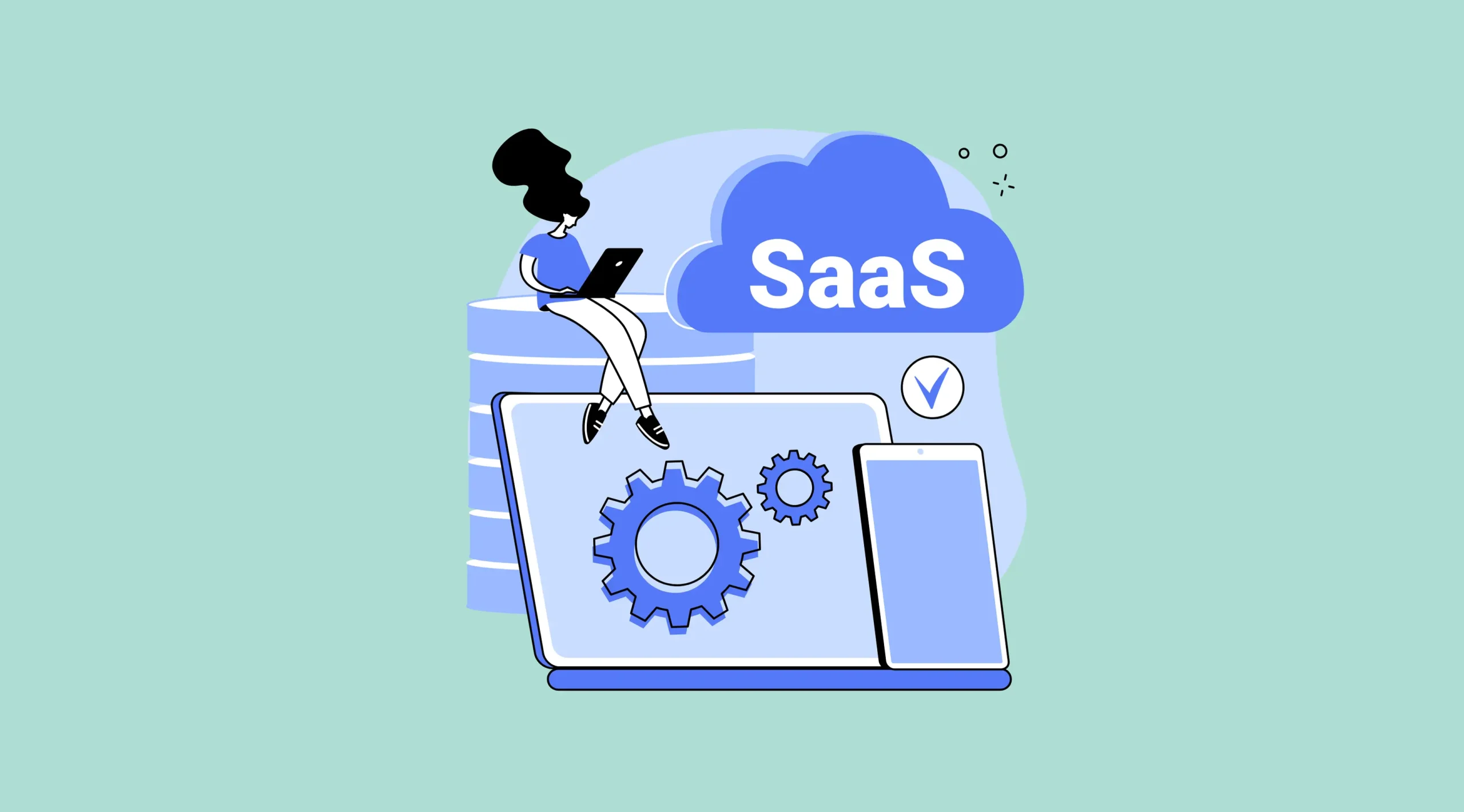
Differentiation also accrues from transparency. Sharing model-driven ETAs, confidence bands, and root-cause write-ups builds confidence that problems will be solved quickly and systematically. Competitors relying on manual processes struggle to match both the performance and the clarity.
Ability to scale operations faster with AI
Scaling typically strains quality and margins. AI for B2B breaks the tradeoff by automating non-differentiated work while guiding humans to the edge cases where judgment adds value. The same policies, prompts, and guardrails that work in one region can be rolled out globally with minimal drift, preserving consistency.
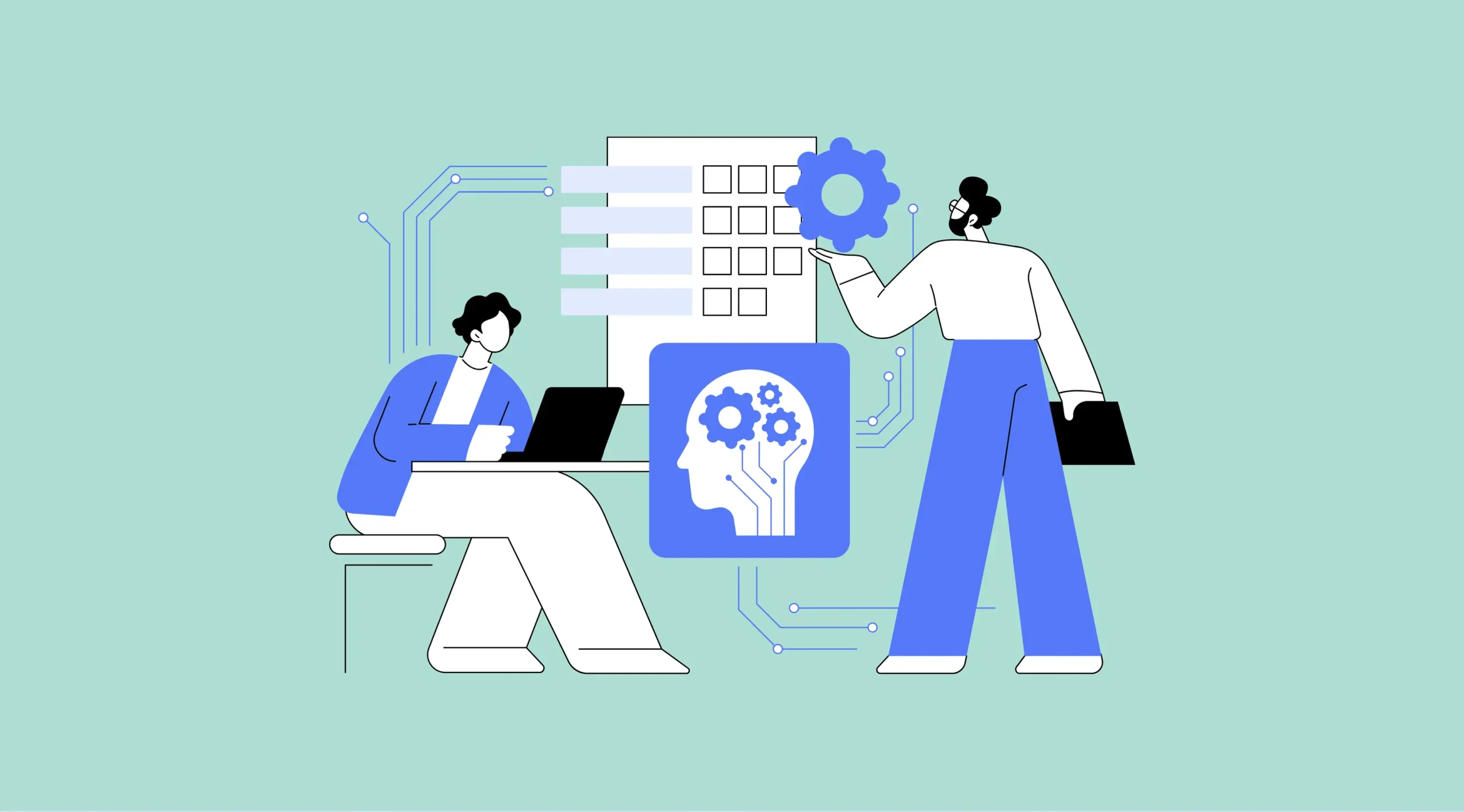
Because AI instruments every step, leaders see bottlenecks as they emerge and reallocate resources in near real time. Capacity planning shifts from lagging indicators to leading ones, allowing growth without the usual chaos. This elasticity makes market entry and product launches less risky and more repeatable.
Innovation-driven market leadership
AI for B2B accelerates invention: generative tools synthesize requirements into prototypes; simulation engines test scenarios before steel is cut; and go-to-market teams spin up tailored messaging in hours, not weeks. Organizations can run more experiments with lower cost per attempt—improving the hit rate and the speed of learning.
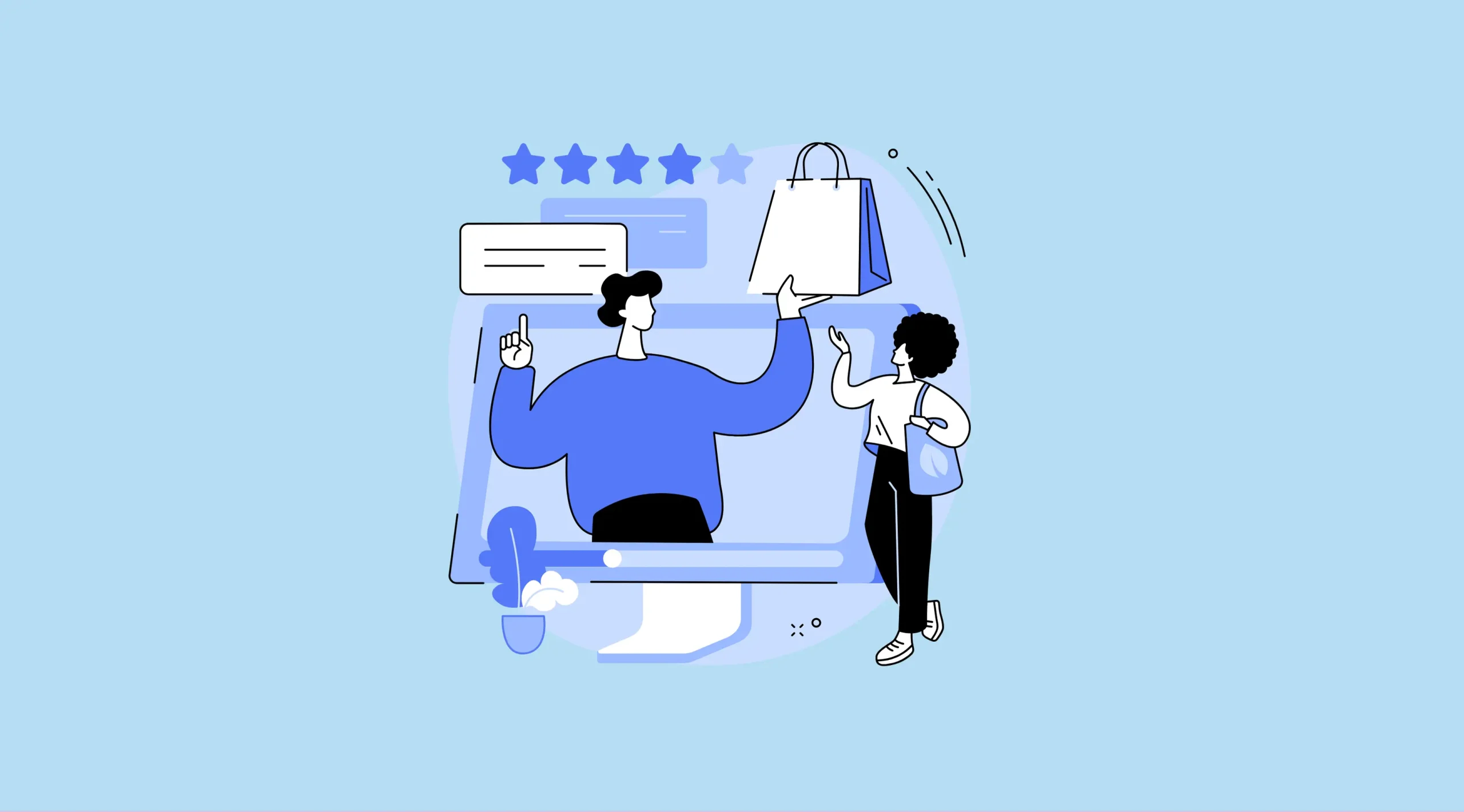
Market leaders also codify learning into their models so innovation compounds. Each win updates patterns the system recognizes; each loss teaches what to avoid. Over time, this institutional intelligence becomes a moat—hard to copy, always improving, and deeply aligned to the company’s customers and categories.
Challenges and Risks of AI in B2B
While AI for B2B offers remarkable opportunities for efficiency, innovation, and growth, it also brings with it a set of challenges and risks that companies must carefully address. Unlike consumer applications where adoption can be rapid and failure has limited impact, B2B environments involve large contracts, sensitive data, and complex stakeholder networks.

Any misstep in AI deployment—whether in security, integration, or ethical use—can damage trust, disrupt operations, and expose organizations to legal and financial liabilities. Understanding these risks is essential for enterprises seeking to balance innovation with responsibility.
Data Privacy and Security Issues
One of the most pressing challenges of implementing AI for B2B is ensuring data privacy and security. Enterprises rely on AI systems to process sensitive corporate information such as client contracts, financial transactions, supply chain data, and intellectual property. The stakes are higher in B2B than in B2C because breaches can jeopardize not only a single customer’s trust but also entire ecosystems of partners and vendors.
Risks in handling sensitive corporate data
AI for B2B workflows routinely process trade secrets, pricing schedules, architectural drawings, and personally identifiable information tied to employees and customers. Exposure can occur through obvious routes (breaches, misconfigurations) and subtle ones (over-broad model logging, prompt injection, data exfiltration via third-party plugins). A single leaked RFP or supplier contract can compromise negotiation leverage across an entire region. Robust data minimization, encryption in transit and at rest, and strict key management must therefore be table stakes for any production deployment.
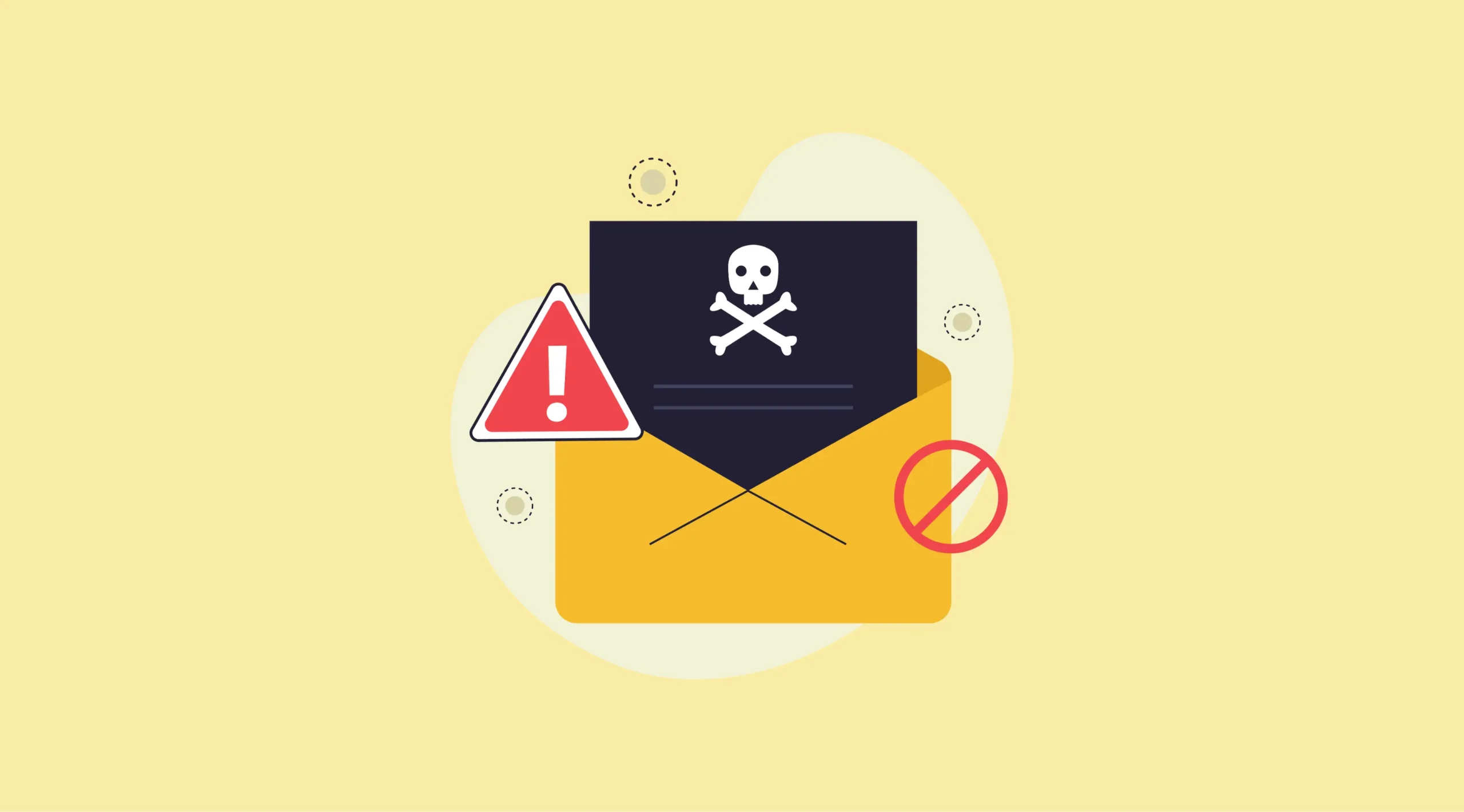
Equally important is controlling where data flows during model operations. Fine-grained access controls, private network paths, VPC peering, and role-based masking ensure that only authorized services and people can touch sensitive inputs and outputs. For generative systems, retrieval-augmented generation should query curated, access-controlled corpora rather than raw file systems. AI for B2B becomes safer when the platform enforces context isolation, redacts secrets automatically, and logs every read/write for forensic traceability.
Compliance with GDPR, HIPAA, and industry regulations
In B2B settings, models that “just work” are not enough; they must be demonstrably compliant. GDPR requires lawful basis, data subject rights, and data minimization—implicating everything from prompt logs to fine-tuning sets. HIPAA and similar sector rules restrict how protected health information is processed, stored, and disclosed. Financial services add AML/KYC, auditability, and retention mandates; manufacturing introduces export controls and ITAR-like regimes. AI for B2B must embed these constraints into data pipelines and model lifecycles, not bolt them on later.

Operationalizing compliance means building privacy-by-design into every layer: DLP classifiers to block sensitive content, automated deletion workflows to honor right-to-erasure, purpose-bound data stores, and policy-as-code that fails closed. Just as importantly, organizations should maintain evidence: DPIAs, model cards, and audit trails that show how decisions were made. When regulators knock, the ability to produce machine-readable logs and human-readable explanations is what converts compliance from a liability into a competitive advantage.
Data-sharing challenges across global B2B networks
Global B2B programs often span jurisdictions with conflicting rules on data localization and cross-border transfer. A single AI for B2B application might need to keep EU data within the EEA, segregate Canadian records, and treat certain APAC datasets under local residency laws. Without a deliberate data-mesh approach, teams either centralize dangerously or fragment into incompatible local deployments that erode economies of scale.
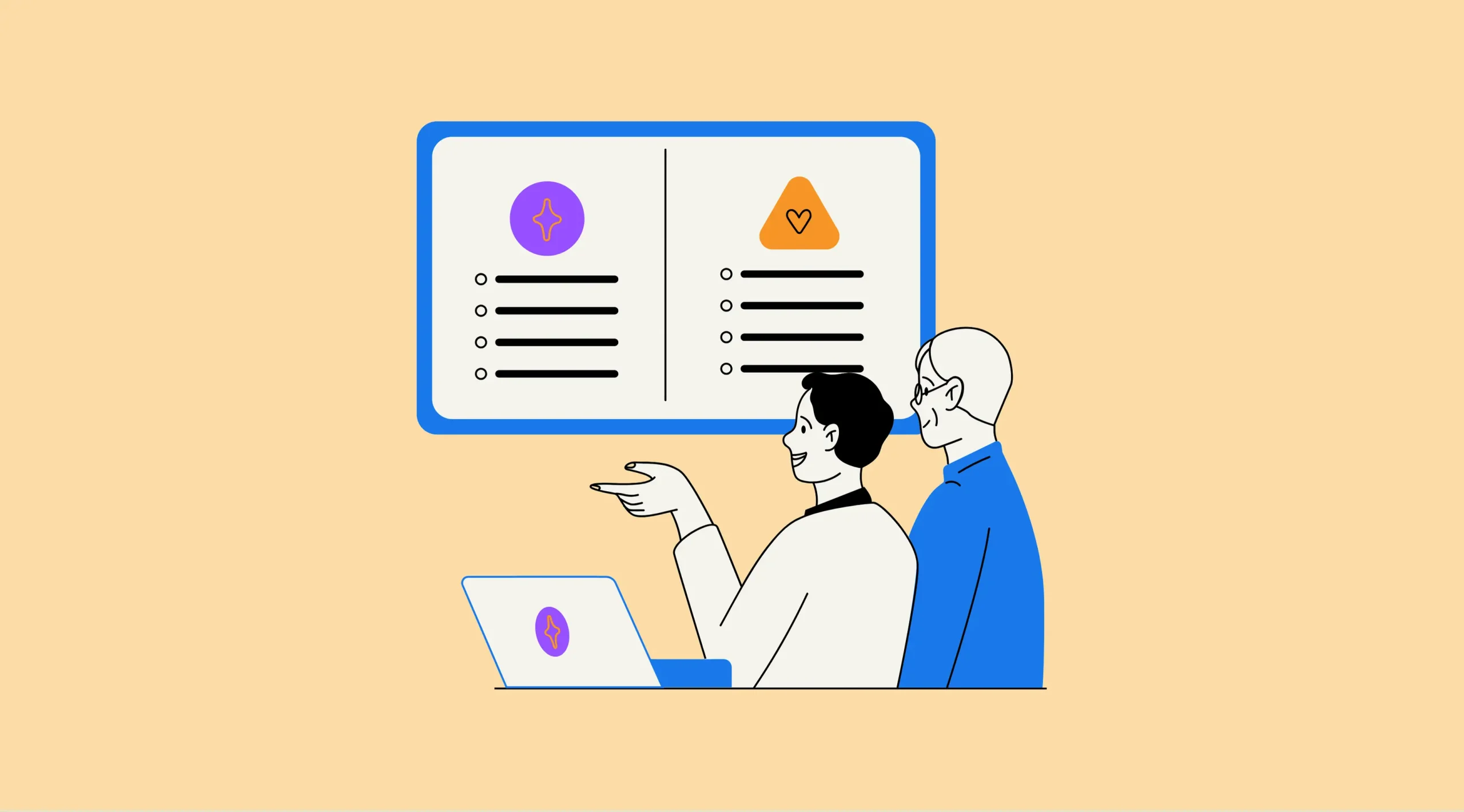
The answer is architectural: region-scoped deployments with federation. Keep data regional, move models to the data, and share only derived, privacy-preserving signals (aggregates, embeddings with k-anonymity, differentially private stats). Contractually, standardize DPAs and cross-border clauses across partners; technically, enforce them through automated policy gates. AI for B2B can remain global in capability while remaining local in compliance if the network is designed with sovereignty in mind.
Integration Complexities
AI for B2B rarely operates in a vacuum. To be effective, AI systems must integrate with existing ERP, CRM, and supply chain management platforms that form the backbone of enterprise operations. However, integration is one of the most complex aspects of AI adoption, especially for companies with decades-old legacy systems.
Challenges of integrating AI with legacy ERP/CRM
Legacy ERPs and CRMs were not built for event-stream analytics or low-latency inference calls. They may lack modern APIs, enforce nightly batch windows, or encapsulate business logic in undocumented customizations. Dropping an LLM agent into this stack can create timeouts, data drift, or duplicate truth sources. The result is user confusion and audit pain when numbers don’t reconcile.
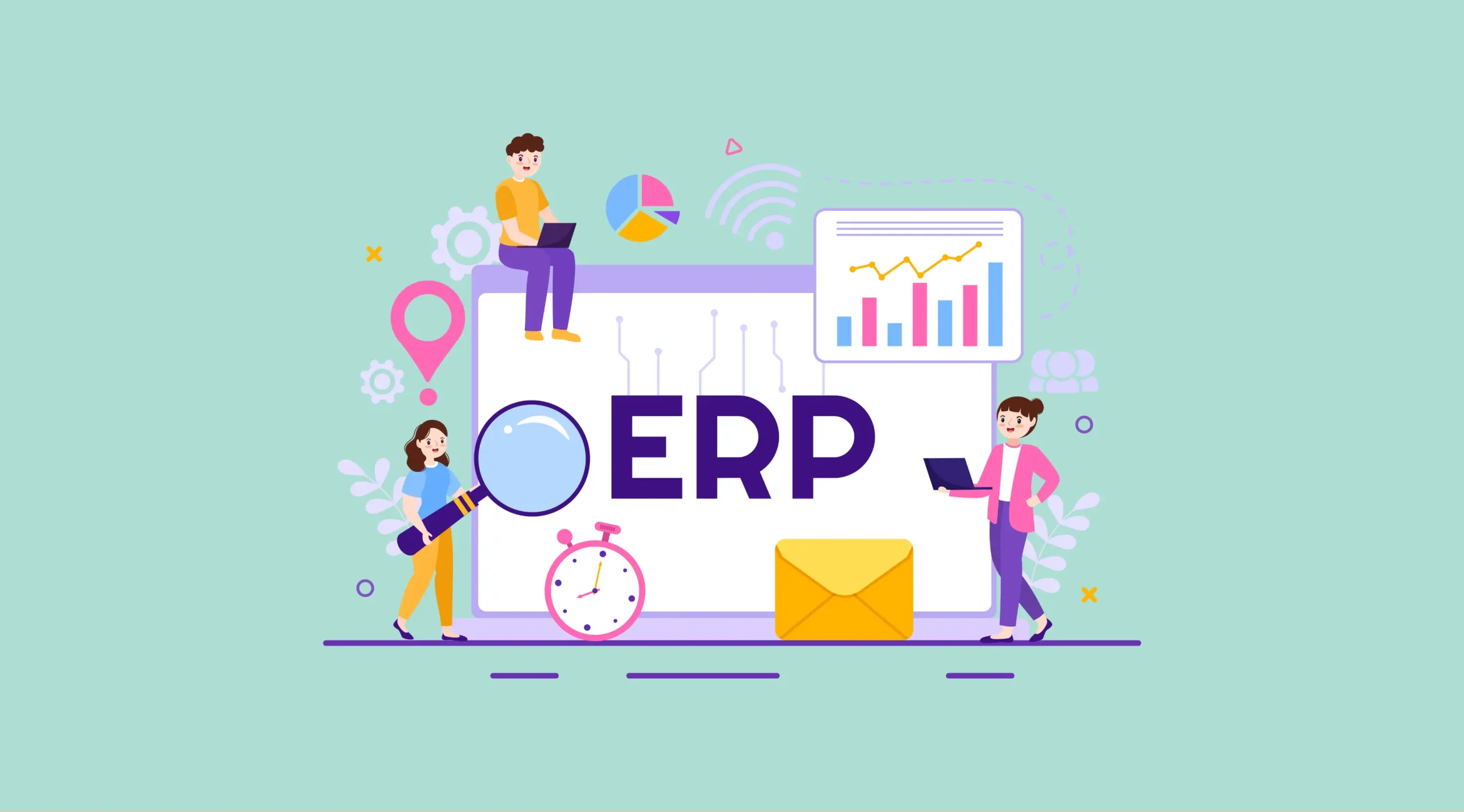
A pragmatic pattern is to decouple: create a canonical data layer (e.g., a lakehouse) that mirrors system-of-record entities with CDC, enriches them, and feeds models; route model outputs back through sanctioned integration points (iPaaS, message buses) with idempotent writes. Wrap risky operations in human-in-the-loop approvals until service levels and guardrails mature. This lets AI for B2B add intelligence without entangling itself in the brittle internals of legacy platforms.
Data silos across departments and partners
Silos are the enemy of robust models. Sales has pipeline notes; success holds escalation context; finance tracks entitlements; operations captures delivery metrics. Trained in isolation, AI for B2B learns partial truths and emits half-useful recommendations. Cross-functional value—like lifetime value prediction or root-cause analysis—demands stitched datasets and consistent identifiers.

Data products are the remedy. Treat each domain’s dataset as a contract with documented schemas, quality SLAs, lineage, and stewardship. Use a governance council and a business glossary so “customer,” “order,” and “renewal” mean the same thing across systems. For partners, exchange privacy-preserving aggregates or hashed join keys under clear usage terms. When the fabric is coherent, models become both more accurate and easier to explain.
Cost and time of custom AI integrations
Custom integrations consume budgets quickly: connectors, transformations, testing, security reviews, change management. The hidden cost is run-the-business: every bespoke bridge adds an interface to maintain as vendors upgrade. Without restraint, total cost of ownership for AI for B2B balloons, and enthusiasm fades after the first fiscal year.

Standardize to minimize. Prefer event streams, common integration platforms, and reusable prompt/tool patterns. Pilot with narrow, high-ROI use cases to validate value, then templatize the stack (infra modules, monitoring, fallback logic). Negotiate with platform vendors for native hooks that reduce bespoke glue. The discipline of building once and scaling many times is what converts early wins into sustainable portfolio economics.
Change Management and Adoption Barriers
Beyond technical hurdles, one of the most underestimated challenges of AI for B2B is change management. Successful AI adoption requires employees to trust, understand, and embrace the technology. Yet in many enterprises, organizational culture, skill gaps, and fear of disruption create significant barriers.
Resistance from employees fearing job replacement
Automation anxiety is rational when tasks are repetitive and metrics emphasize speed over judgment. If leaders pitch AI for B2B solely as a cost take-out lever, employees will protect themselves: withholding expertise, bypassing tools, or performing shadow work. Adoption stalls not because the model is wrong, but because the social contract is unclear.

Counter with credible commitment. Publish a talent roadmap that pairs automation with upskilling, showing how roles evolve (from processing to exception handling, from reporting to interpretation). Measure and reward collaborative outcomes—time saved reinvested in customer value, error reductions, cross-training—not just headcount reduction. When teams see AI enhancing their craft and career, resistance turns into curiosity.
Lack of AI literacy in B2B organizations
Many employees don’t need to build models, but they do need to reason about them: what the system can and cannot do, how to interpret confidence, when to override, how to give feedback. Absent this literacy, teams either over-trust AI for B2B (rubber-stamping poor outputs) or under-trust it (ignoring high-value recommendations).

Create layered enablement: executive seminars on strategy and risk; practitioner workshops on prompts, review workflows, and guardrails; just-in-time help embedded in the tools. Pair power users with business owners in “AI champions” cohorts that collect feedback and spread best practices. Literacy is not a one-off training but a habit sustained by community and metrics.
Managing cultural change during AI adoption
Culture shifts when daily rituals change. Stand-ups that include model performance, retros that examine false positives, and QBRs that review AI impact on KPIs make AI for B2B feel real rather than ornamental. Leaders should model behavior: asking for model explanations, praising prudent overrides, and funding fixes when the system reveals process defects.
Invest in psychological safety. Encourage pilots that may fail, provided learnings are captured and shared. Establish clear escalation paths for AI issues and celebrate teams that surface risks early. Culture hardens around what is rewarded; reward evidence, transparency, and iteration, and AI becomes a shared craft rather than a contested turf.
Ethical AI in B2B
As enterprises adopt AI for B2B, ethical considerations become critical. Unlike consumer AI, where misuse may affect individuals, in B2B contexts unethical practices can affect entire industries, supply chains, and regulatory landscapes. Ensuring fairness, transparency, and accountability in AI systems is not only a moral imperative but also a business necessity.
Ensuring fairness and transparency in AI decisions
Opaque models erode trust, especially when stakes are high. A supplier denied onboarding or a customer flagged as risky will ask “why?” If teams cannot answer, relationships suffer and regulators take notice. Build explainability into your stack: log features, provide reason codes, surface salient factors, and keep human-readable summaries alongside machine logs.
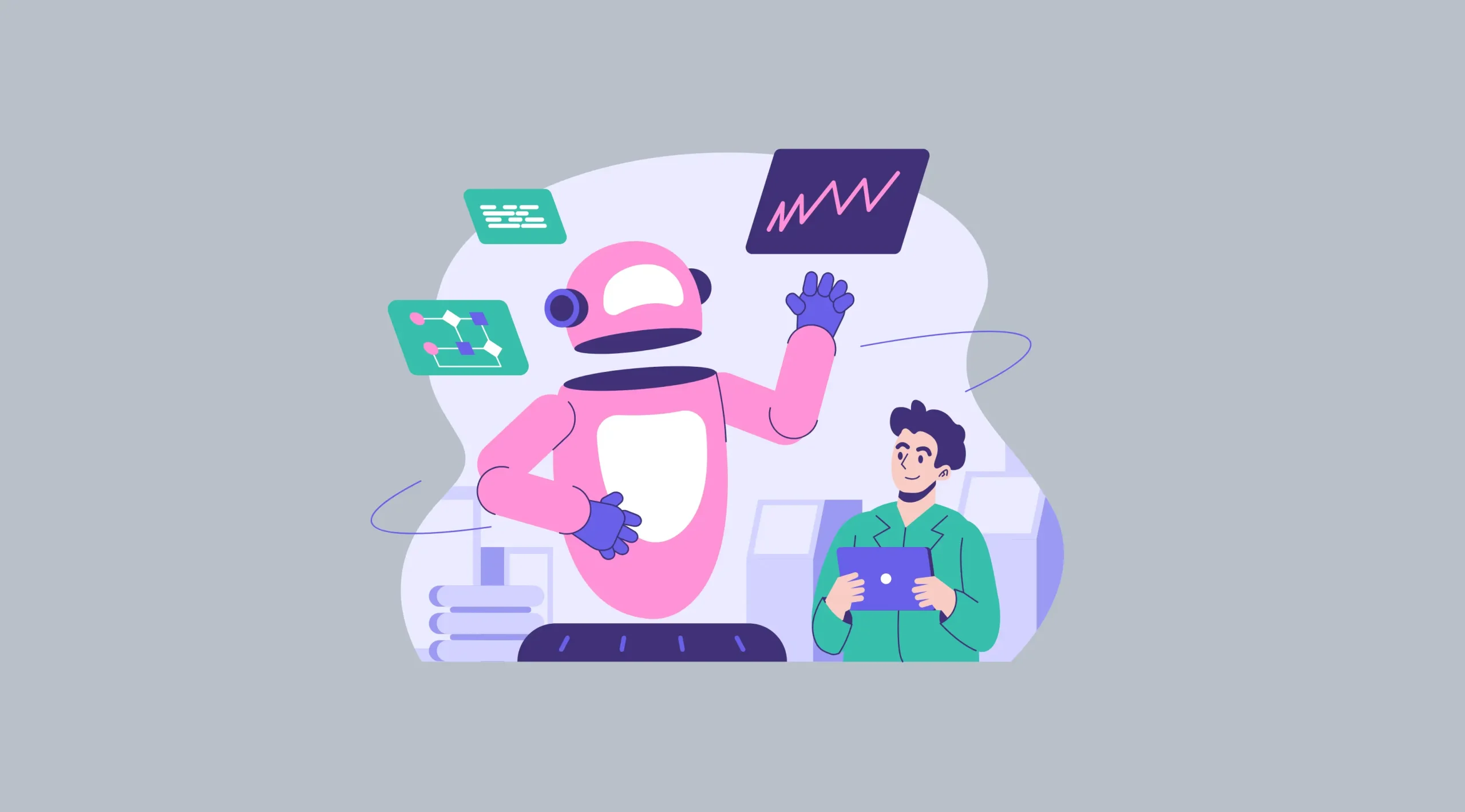
Fairness requires more than explanations; it requires measurement and mitigation. Define protected or sensitive attributes (direct and proxies), run disparate-impact tests across segments, and evaluate performance parity by geography, size, and industry. Where gaps appear, adjust thresholds, rebalance training sets, or add constraints. AI for B2B earns legitimacy when stakeholders can verify that like cases are treated alike.
Accountability for AI-generated outcomes
When an AI assistant drafts a contract clause or a forecast drives capacity decisions, who owns the outcome? If ownership is fuzzy, blame and risk diffuse—which paradoxically increases risk. Establish RACI for AI: model owners, data stewards, product managers, and ultimate decision-makers with authority to accept or reject recommendations. Document these roles in governance charters.
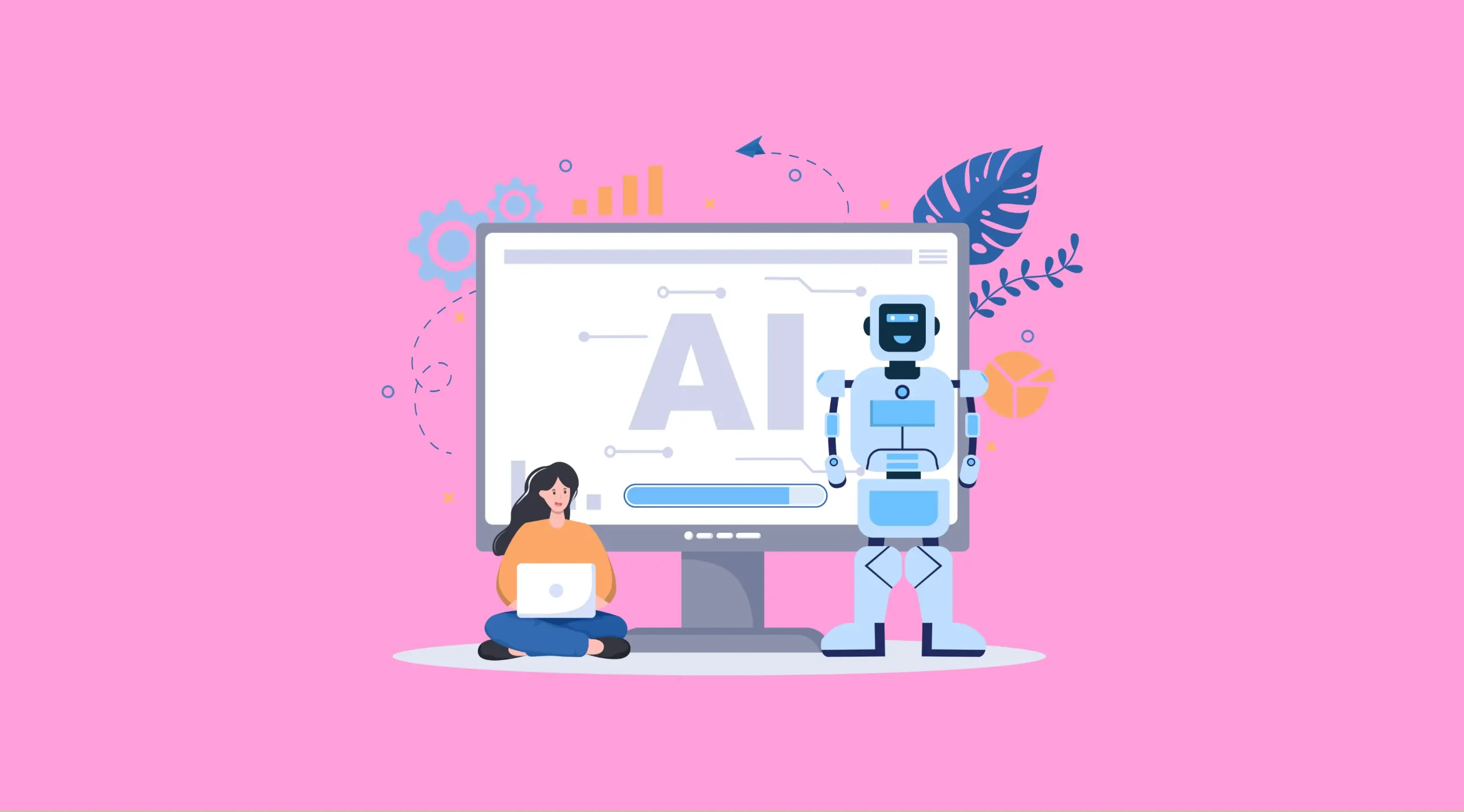
Support accountability with process: pre-production model reviews, change-control boards, and incident response runbooks that treat bad recommendations like any other operational incident. Tie incentives to safe performance, not just speed. With clear lines of responsibility, AI for B2B becomes an accountable teammate rather than an unaccountable oracle.
Avoiding algorithmic bias in B2B workflows
Historical data reflects historical choices—and historical inequities. Credit terms favor incumbents; supplier scores penalize new entrants; service entitlements mirror legacy contracts. Train on such data uncritically and AI for B2B will calcify yesterday’s biases into tomorrow’s decisions. Start with data audits to find skew, then augment datasets to represent the populations you intend to serve.
Bias mitigation is ongoing: monitor drift, revalidate after market shocks, and solicit feedback loops from affected partners and customers. Consider human-in-the-loop checkpoints specifically for decisions with higher bias risk (e.g., small supplier onboarding in new regions). Publish model cards that disclose intended use, limitations, and known trade-offs. Bias cannot be wished away, but it can be measured, managed, and reduced over time.
AI Tools and Platforms for B2B
Enterprises evaluating AI for B2B face a vibrant, fast-moving market of platforms embedded in the systems they already use—CRM, ERP, marketing, and analytics. The most successful programs avoid one-off experiments and instead stitch these tools into a coherent, governed stack. That means aligning use cases to business goals, selecting platforms with robust security and integration options, and standardizing patterns for prompts, data access, and human-in-the-loop review. Done right, AI for B2B becomes the connective tissue that turns scattered data and workflows into measurable growth.
AI for CRM (Salesforce Einstein, HubSpot AI, Zoho Zia)
CRM suites were among the first to embed practical AI for B2B because revenue teams already live in these systems. Salesforce Einstein, HubSpot AI, and Zoho Zia move CRMs from passive record-keeping to active copilots that prioritize work, recommend next actions, and automate administrative tasks. The payoff shows up in higher win rates, shorter cycles, and cleaner data—powered by models that learn from your pipeline, activities, and outcomes.
Predictive lead scoring and deal insights
AI for B2B transforms lead and opportunity management by ranking accounts on their likelihood to convert and surfacing why. Salesforce Einstein mines historical wins/losses, intent signals, and activity patterns to assign scores, while HubSpot AI blends web engagement and content interactions to spotlight the most promising contacts. Zoho Zia enriches this with conversation intelligence from emails and calls, adding qualitative texture to quantitative scoring so managers can coach more precisely.
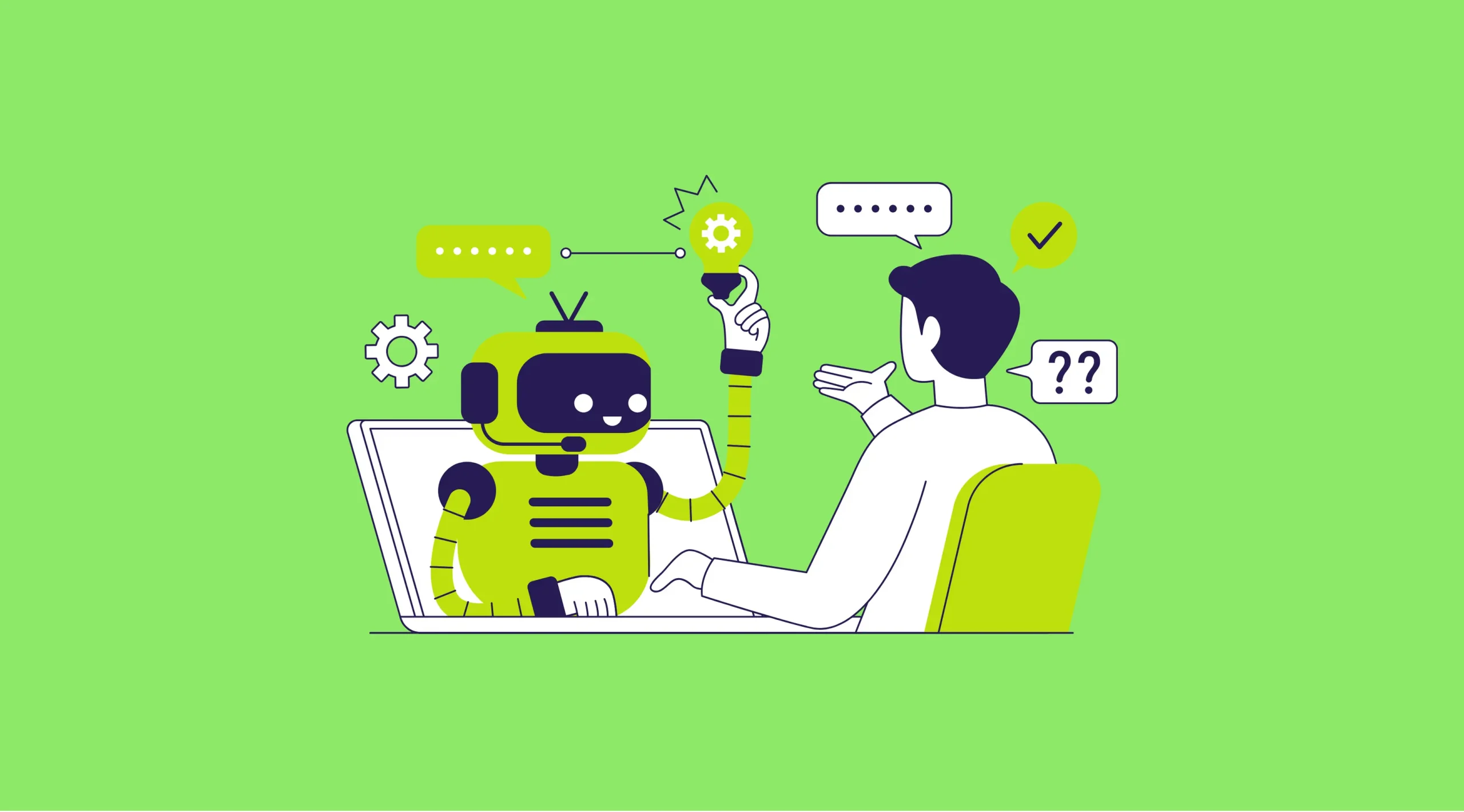
Beyond raw scores, modern CRMs deliver deal health diagnostics: coverage across stakeholders, stage hygiene, next-best task, and risk flags (e.g., inactivity, single-threading). Reps see not only which deals matter but also what to do next, and leaders get more reliable forecasts with explanations they can trust. This is where AI for B2B earns adoption—the guidance is specific, timely, and observable in daily work.
AI-driven customer engagement recommendations
Personalization at the account level is difficult without help. AI for B2B changes that by recommending the right message, medium, and moment. Einstein can suggest content and cadence based on role, industry, and past responses; HubSpot AI drafts tailored follow-ups that reflect recent web behavior; Zoho Zia analyzes sentiment from prior exchanges to nudge tone and talking points. The result is outreach that feels relevant rather than generic.

Crucially, recommendations are tied to measurable outcomes. When the platform shows that a certain sequence lifts reply rates for CFOs in manufacturing, teams adopt it because the evidence is visible in their own pipeline. Over time, these micro-optimizations compound: stronger engagement yields better discovery, cleaner mutual action plans, and higher-quality commits—classic flywheel effects of AI for B2B in revenue operations.
Workflow automation in enterprise CRMs
Salespeople rarely enjoy admin work, and leaders rarely benefit from inconsistent data. AI for B2B eliminates much of this friction by auto-populating fields, logging activities, routing leads, and creating tasks with rationale attached. Reps get back hours per week, managers get cleaner dashboards, and operations teams spend less time repairing data.
Automation now extends beyond the CRM boundary. With native and iPaaS connectors, AI-triggered events can open support cases, create quotes, launch onboarding checklists, or notify channel partners—each step tracked for auditability. This systemic orchestration is where AI for B2B moves from convenience to compounding value: every automated handoff reduces latency, prevents errors, and preserves context across teams.
AI for ERP & Operations (SAP AI, Odoo AI, Oracle)
ERP and operations platforms sit at the heart of B2B execution—orders, inventory, production, logistics, finance. When they absorb AI for B2B, planning becomes predictive, exceptions surface earlier, and compliance gets lighter. SAP AI, Odoo AI, and Oracle’s AI capabilities embed forecasting, optimization, and anomaly detection where decisions actually happen.
Demand forecasting and production optimization
Traditional planning cycles struggle with volatility. AI for B2B ingests historicals, distributor POS, seasonality, promos, and exogenous signals (weather, macro indicators) to produce probabilistic forecasts with confidence bands. SAP AI feeds those into MRP so supply plans flex with real-world uncertainty; Odoo AI translates demand into executable work orders for SMEs that need simplicity; Oracle’s digital twins simulate line capacity and changeover trade-offs before schedules publish.

Optimization doesn’t stop at the plan. As orders land and constraints shift, AI re-optimizes sequences, re-slots inventory, and recommends subcontracting or overtime only when the model predicts favorable outcomes. The effect is less whiplash, fewer expedites, higher service levels, and lower working capital—classic KPIs that make AI for B2B easy to justify to operations and finance alike.
Predictive analytics for resource allocation
People, machines, and capital must be where they create the most value. AI for B2B predicts labor needs by skill and shift, flags equipment likely to bottleneck, and suggests spares stocking policies that reduce downtime. Oracle’s models guide workforce scheduling around forecast peaks; SAP AI highlights capacity shortfalls before they appear on the floor; Odoo AI gives smaller teams smart rules that scale without adding headcount.

Finance benefits as well. Predictive cash-flow and cost models align budgets to demand volatility and supplier performance, preventing over- or under-investment. Leaders move from static, quarterly reallocations to continuous, model-informed tuning—keeping resources synchronized with reality rather than with last quarter’s assumptions.
Automated compliance and reporting tools
Compliance consumes disproportionate effort in many B2B sectors. AI for B2B lightens the load by continuously validating transactions against policies, generating evidence, and drafting filings. SAP AI can enforce segregation-of-duties and tax rules at posting time; Oracle automates audit trails and reconciliation narratives; Odoo AI packages country-specific VAT and invoice requirements for SMEs operating across borders.
Because the evidence is machine-generated and time-stamped, audits shift from forensic hunts to spot checks. Teams reallocate hours from assembling binders to strengthening controls, while leadership gains near-real-time assurance. Automated compliance is one of AI for B2B’s quiet superpowers: lower risk, lower cost, and fewer surprises.
AI for Marketing (Marketo, Drift, 6sense)
B2B marketing is about orchestrating long journeys across buying committees, not blasting promotions. Marketo, Drift, and 6sense inject AI for B2B into targeting, engagement, and optimization so programs become precise, conversational, and adaptive. Revenue leaders finally get a marketing engine that is both creative and scientifically tuned.
AI-driven ABM targeting and personalization
6sense pioneered using intent data to identify in-market accounts—who’s researching what, where, and when. AI for B2B enriches this with firmographic fit and buying-stage inference, so Marketo can personalize streams for each role and industry. Drift then greets these accounts with context-aware conversations on-site, matching chatbot flows to ABM plays rather than generic FAQs.
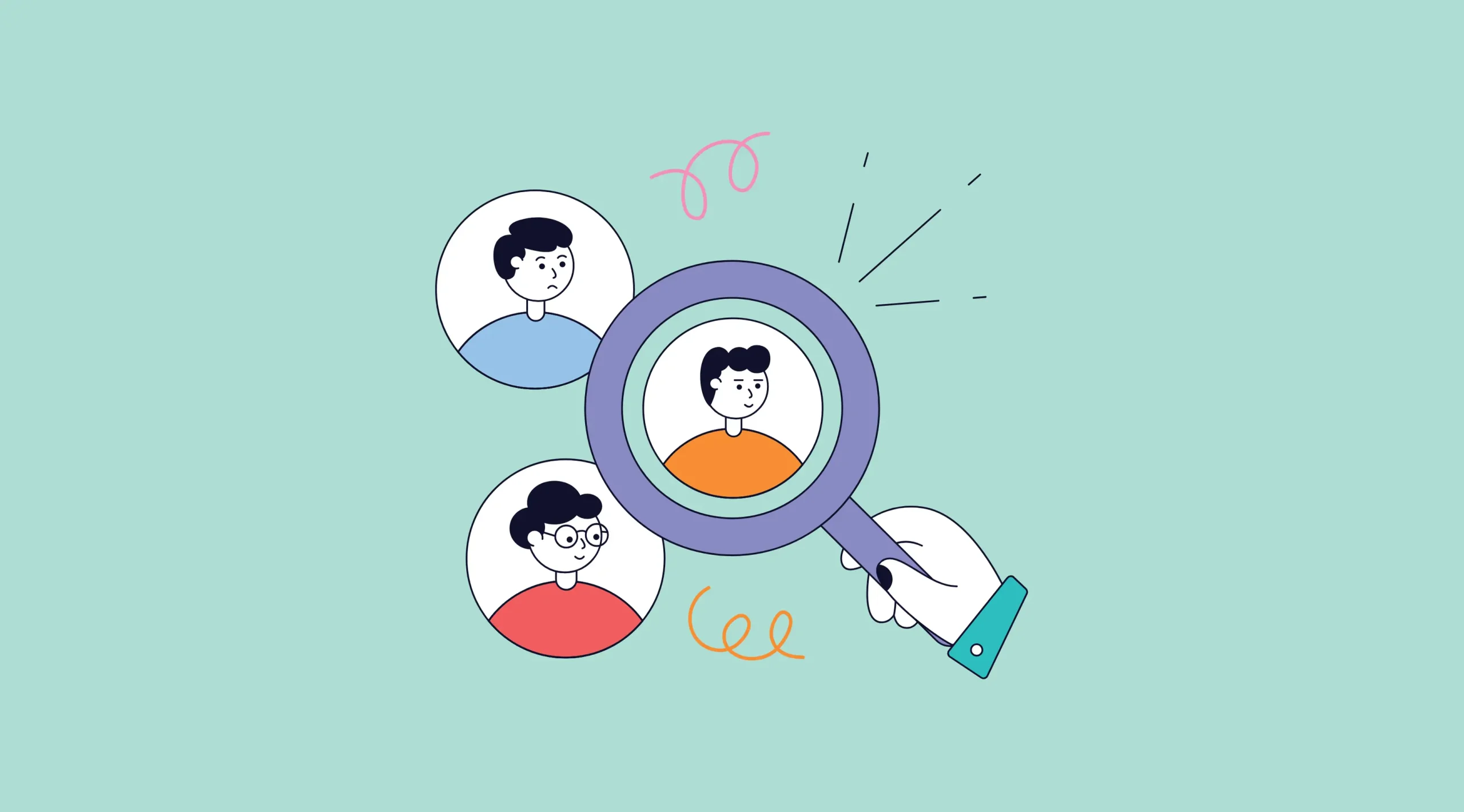
Personalization scales when it’s templated and testable. Models generate multiple asset variants (email, landing page copy, ads) and learn which narratives resonate by segment and stage. Marketers shift budget toward the messages and channels the models prove effective, tightening the feedback loop between creative hypotheses and pipeline impact.
Conversational AI for lead nurturing
Static forms convert poorly and hide intent. Drift’s conversational AI qualifies in real time—probing for pain, budget, and timeline—then routes hot prospects to reps or books meetings instantly. Marketo and 6sense coordinate follow-up nurtures that reflect what the conversation uncovered, keeping the thread coherent across email, ads, and chat.
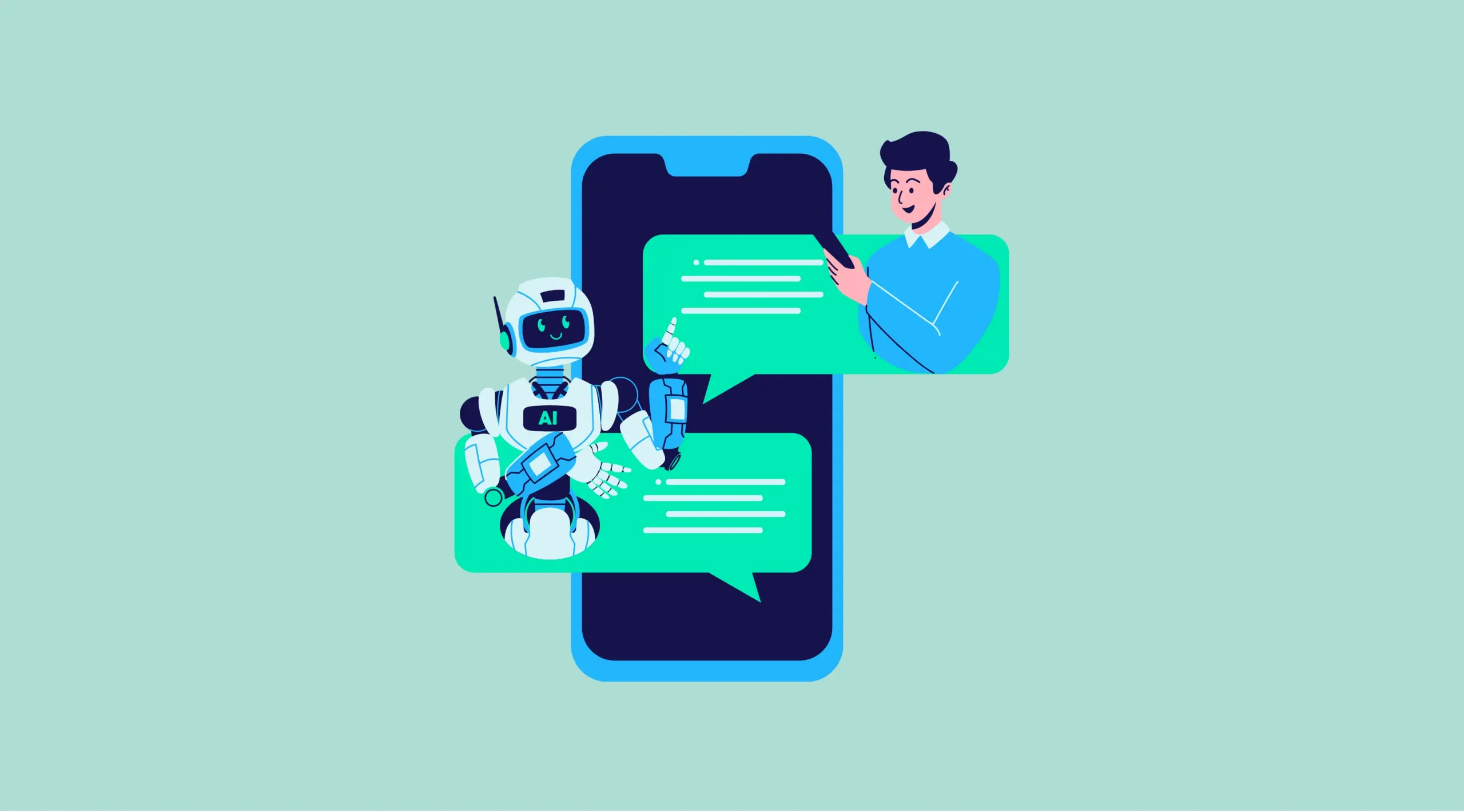
This changes the economics of inbound. AI for B2B reduces time-to-first-touch and raises meeting creation rates without adding headcount. It also collects richer zero-party data than checkboxes ever could, improving downstream scoring, segmentation, and sales discovery. Prospects feel guided, not gated.
Campaign performance optimization with predictive models
Predictive models watch engagement, costs, and velocity in near real time. Marketo’s AI recommends next-best content and fatigue thresholds; 6sense reallocates spend toward surging accounts and high-probability segments; Drift analyzes chat transcripts to refine prompts and objection handling. Budgets shift from lagging monthly reports to continuous, model-driven tuning.
Over quarters, marketing mix modeling and multi-touch attribution get sharper because the system observes far more experiments. Leaders see not just which channels “work,” but how sequences of touches create opportunities. AI for B2B turns campaign operations into an always-on lab, compounding small wins into big outcomes.
AI for Analytics & Business Intelligence (Tableau, Power BI AI, ThoughtSpot)
BI platforms used to be rearview mirrors. With AI for B2B, Tableau, Power BI, and ThoughtSpot become copilots: they surface anomalies, forecast trends, and let anyone ask the business a question in natural language. Decision cycles shorten, and data literacy spreads beyond analytics teams.
AI-powered data visualization and storytelling
Tableau’s Explain Data and Power BI’s AI visuals propose charts that reveal the “why” behind spikes and dips, while ThoughtSpot’s SpotIQ auto-detects interesting patterns across massive tables. Instead of sifting dashboards, users get narrative summaries that call out drivers, peers, and outliers. This is storytelling at machine speed—insight first, graphics second.

For executives, auto-generated briefs translate metrics into context: “Gross margin declined 90 bps, primarily due to expedited freight on two Tier-1 accounts; risk persists next quarter unless backlog clears.” That’s AI for B2B doing what great analysts do—connecting dots and suggesting implications—at the scale of your entire data estate.
Natural language querying for insights
ThoughtSpot led the way with search-based analytics; Power BI and Tableau followed with natural language experiences. Ask, “Which regions exceeded plan on renewals but missed on new logo ACV?” and the system assembles the joins, filters, and visualizations. Non-technical leaders no longer wait in ticket queues; they iterate questions live, in meetings, while decisions are being made.
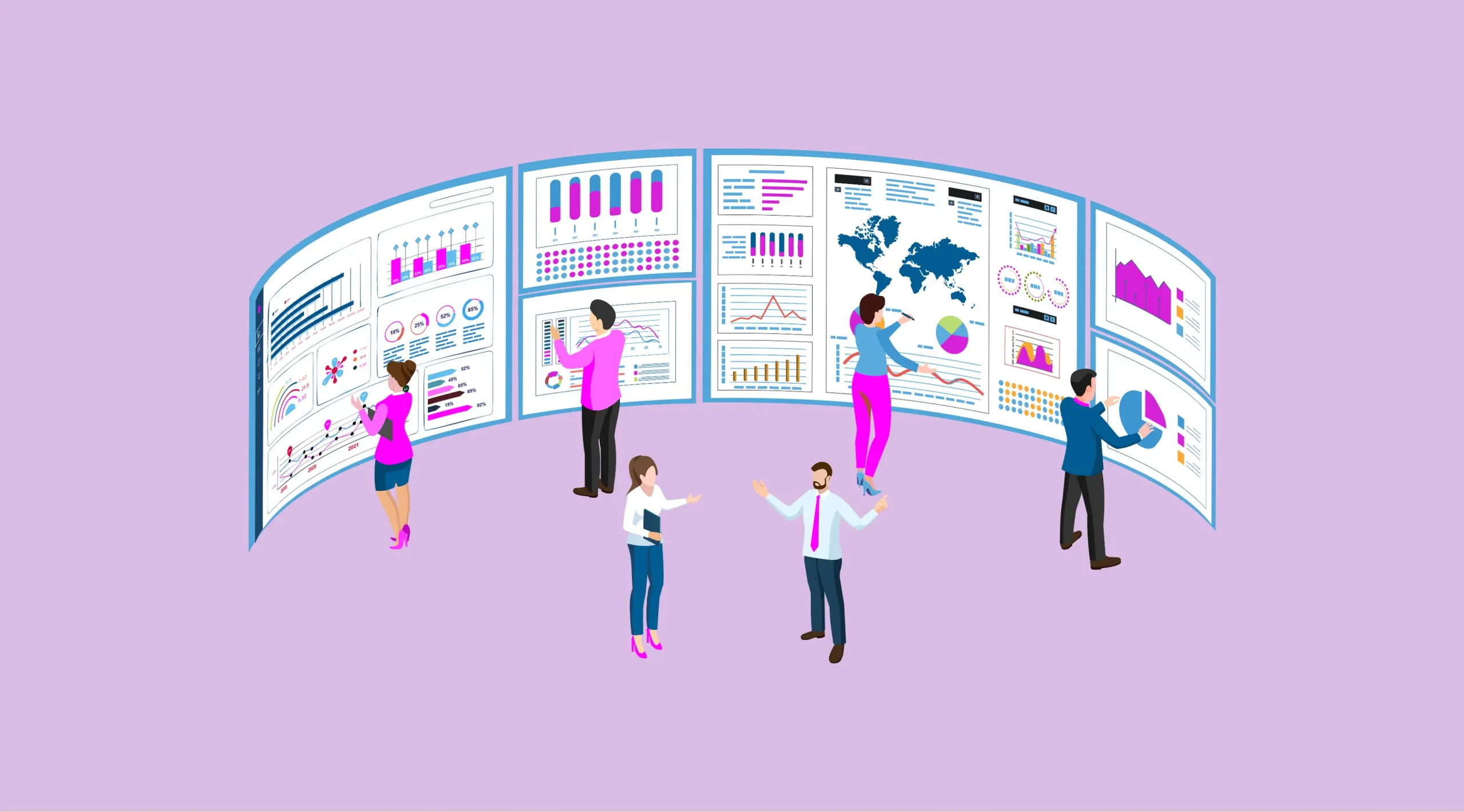
Under the hood, governed semantic layers and synonyms keep answers consistent with finance’s definitions. AI for B2B succeeds here when language meets lineage: fast answers that are also trustworthy because they map to a single source of truth.
Real-time analytics for executives and teams
Streaming connectors push IoT, transaction, and web data directly into BI; embedded models forecast near-term demand, cash, or capacity. Tableau and Power BI AI trigger alerts when metrics breach predicted bands, and ThoughtSpot Liveboards refresh continuously for frontline teams. Leaders shift from “What happened last month?” to “What’s changing right now—and what should we do?”
Real-time visibility matters only if action follows. That’s why modern BI integrates with workflow: create a case, open a Jira ticket, post to Teams or Slack with the chart and recommendation attached. AI for B2B closes the loop between seeing and doing, turning analytics from reports into results.
AI Adoption Strategies for B2B Companies
Adopting AI for B2B is a transformational journey that requires clear planning, structured execution, and cultural alignment. Unlike in B2C, where applications often focus on scale and personalization, B2B implementations deal with complex contracts, longer cycles, and multiple stakeholders. That means the strategies for adoption must be both holistic and practical. Below, we break down the roadmap, steps, partnerships, and training initiatives required to ensure sustainable AI for B2B success.
Building the AI Roadmap
An AI roadmap is the blueprint for adoption. It helps leaders move beyond buzzwords and focus on structured priorities, ensuring that every investment in AI for B2B ties back to measurable business outcomes.
Assessing current digital maturity and gaps
Many B2B companies operate on legacy systems with fragmented data. Assessing digital maturity involves analyzing infrastructure, integration capabilities, and data readiness. Without this step, AI adoption risks stalling because the foundations are not solid. For instance, a global manufacturer may discover that its ERP and CRM hold valuable data but in disconnected silos, preventing AI from drawing insights.
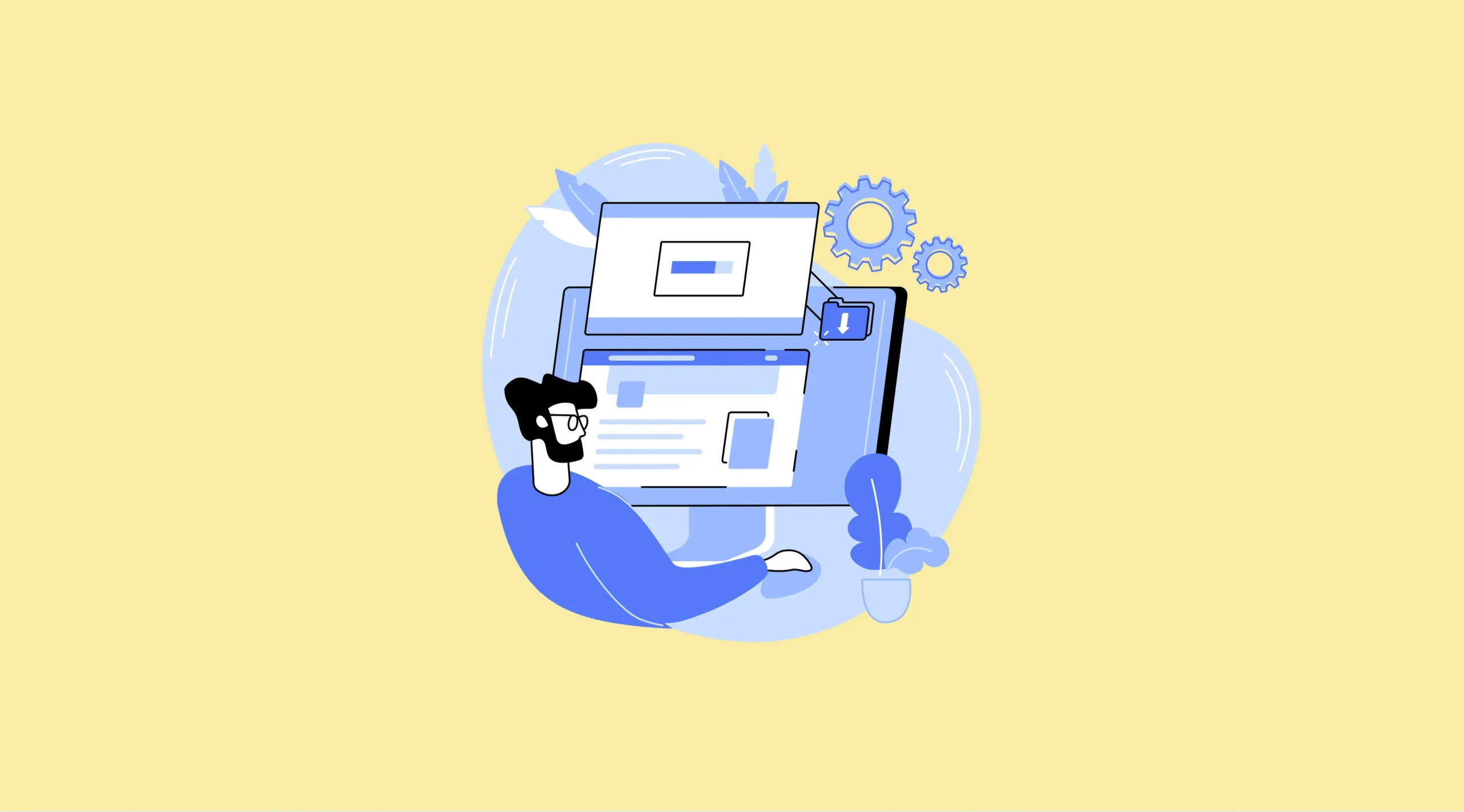
Beyond technology, this assessment includes evaluating cultural readiness. Are teams open to data-driven decision-making? Do leaders understand AI’s potential? Identifying these gaps early creates clarity about where to invest first—whether in upgrading IT systems, centralizing data, or building internal literacy. AI for B2B thrives in environments where both infrastructure and people are ready to adapt.
Identifying high-impact AI use cases
Not every use case delivers the same ROI. Companies must prioritize based on pain points and opportunities. For example, logistics firms may focus on AI for B2B applications in demand forecasting, while professional services might emphasize contract analysis. High-impact areas are those with measurable outcomes such as reduced downtime, faster lead conversion, or lower compliance costs.
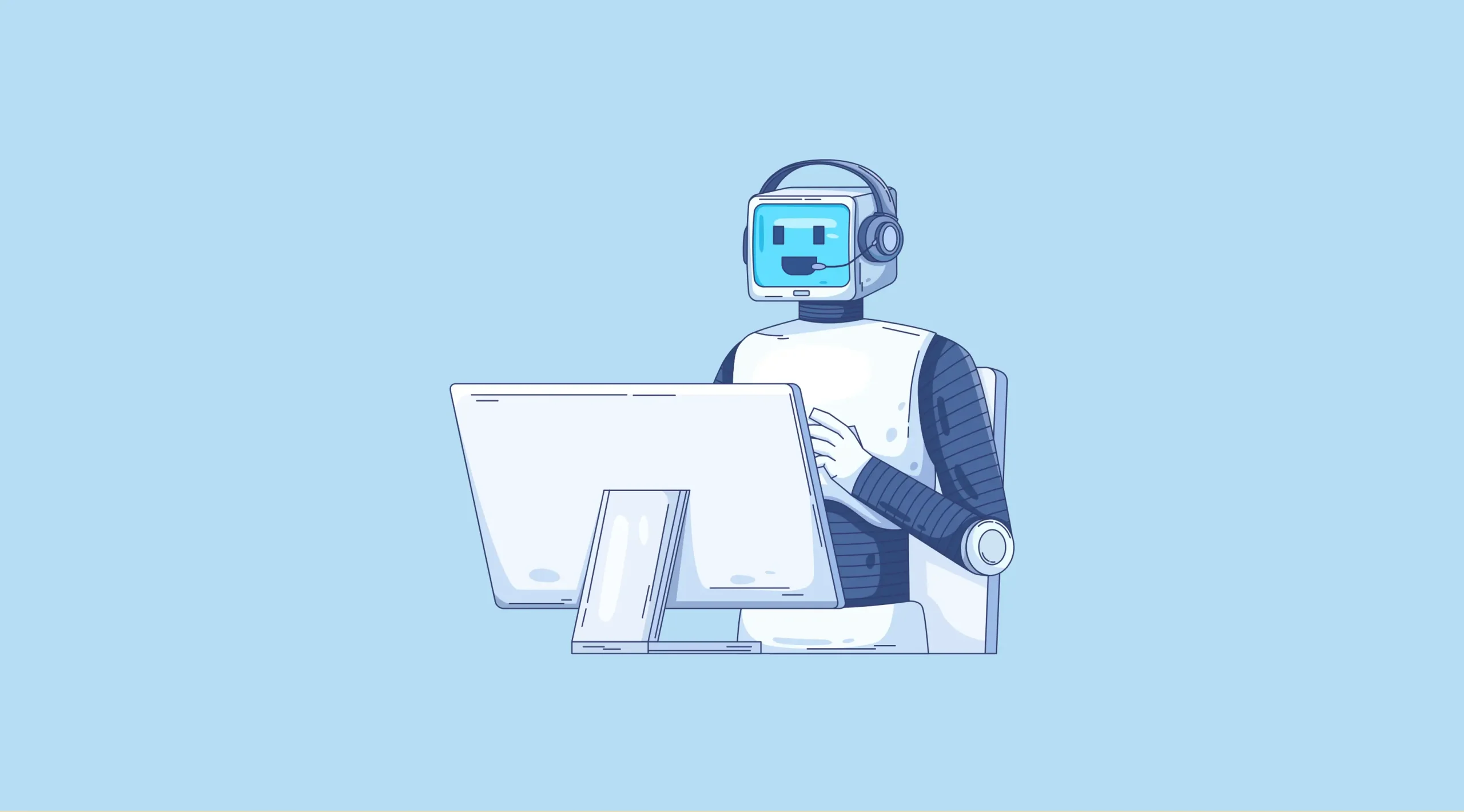
This prioritization prevents resource waste on trendy but low-value pilots. By mapping use cases against feasibility and business impact, leadership can stage adoption in waves. The first wave tackles quick wins that prove value; later waves move into transformative areas. This staged approach ensures AI for B2B builds momentum rather than skepticism.
Setting measurable goals for AI adoption
Clear goals keep AI programs accountable. Metrics such as “increase sales-qualified leads by 20%,” “reduce delivery times by 10%,” or “cut compliance costs by 15%” provide tangible targets. Without them, success remains subjective, making it harder to justify scaling.
These goals also act as a communication tool. Employees understand why adoption matters, executives can track ROI, and clients see how investments benefit them. Over time, organizations can expand from operational KPIs to strategic ones, such as using AI for B2B to enable entirely new service models or revenue streams.
Steps for Successful Implementation
Even the best roadmap requires disciplined execution. Implementing AI for B2B successfully involves structured pilots, scalable strategies, and continuous monitoring. Companies must recognize that AI adoption is iterative rather than linear, requiring adjustments as technologies, customer expectations, and market dynamics evolve.
Running pilot projects with limited scope
Pilots reduce risk by testing AI in a controlled environment. For example, a company might deploy AI for B2B predictive lead scoring in one market before expanding globally. This helps validate models, identify barriers, and refine integrations.
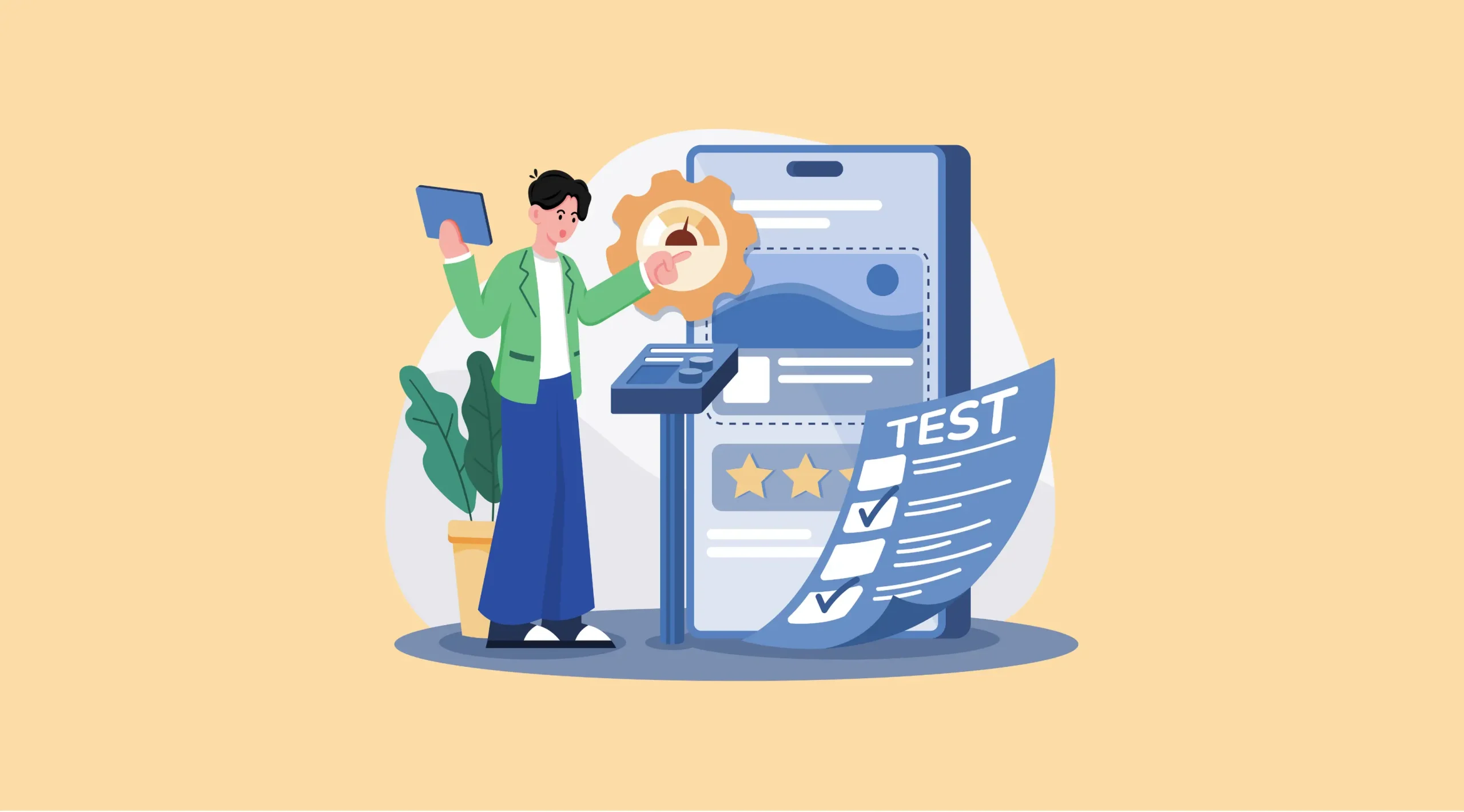
The value of pilots also lies in storytelling. When employees see measurable success—like faster responses or more accurate forecasts—they gain confidence in scaling. Pilots provide proof points that counter resistance, making broader adoption smoother.
Scaling AI initiatives across business units
Once a pilot succeeds, the challenge becomes scaling without fragmentation. AI for B2B delivers the most impact when initiatives are enterprise-wide rather than siloed. For example, predictive maintenance proven in one plant can roll out across a global network of factories.
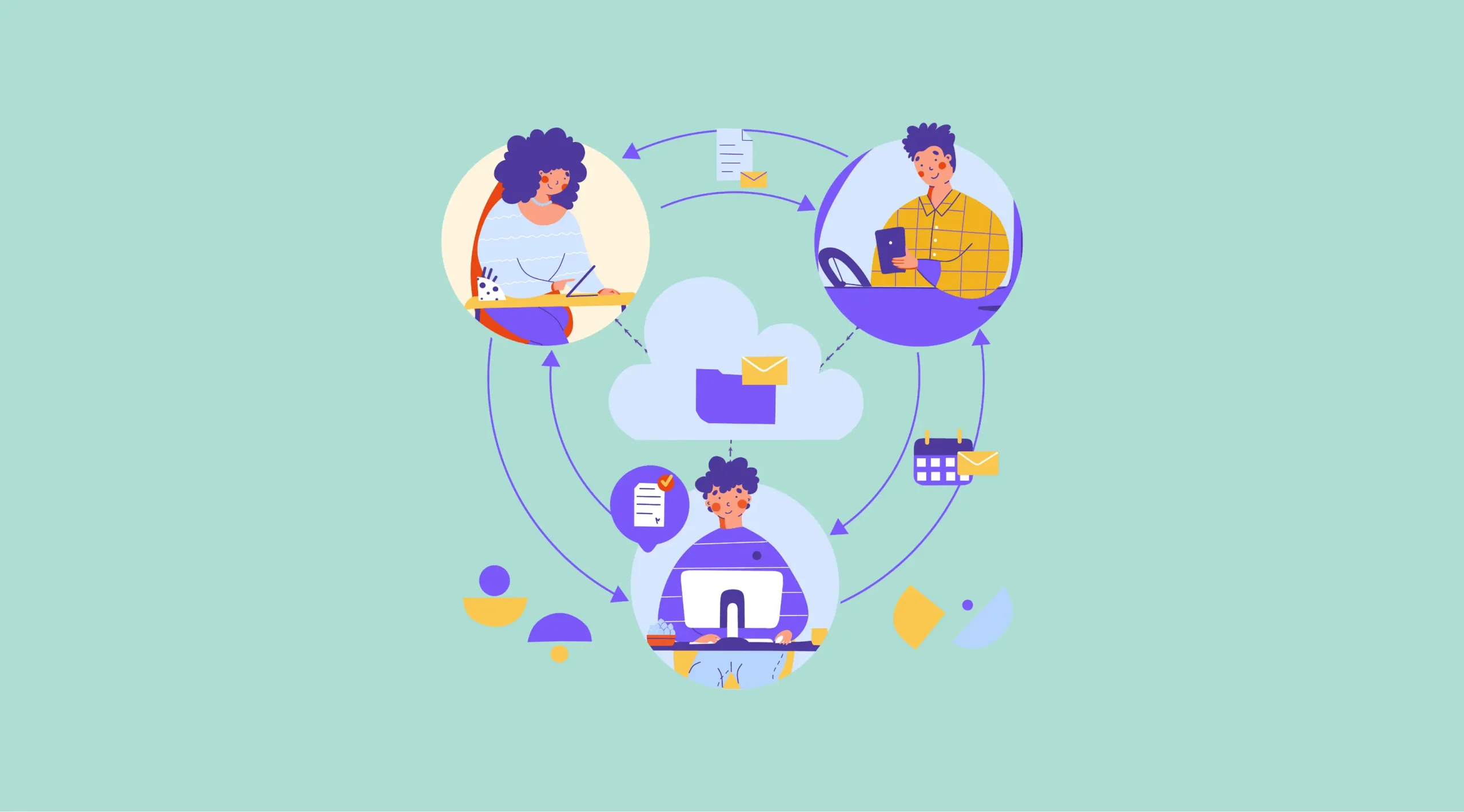
Scaling requires governance and infrastructure. Centralized oversight ensures consistency, while modular design allows local customization. This balance enables organizations to expand AI capabilities without losing efficiency or alignment with core strategy.
Continuous monitoring and improvement cycles
AI is not “set and forget.” Models degrade over time due to data drift, market changes, or new regulations. Continuous monitoring ensures that predictions remain accurate. For instance, a demand forecasting model must be retrained when consumer behavior shifts during economic downturns.
Improvement cycles also create compounding benefits. Every update makes the system smarter, reinforcing trust among employees and clients. AI for B2B adoption succeeds when monitoring is institutionalized, with clear ownership and feedback loops across departments.
Partnerships and Vendor Selection
No B2B company adopts AI in isolation. Vendor partnerships play a crucial role, offering expertise, tools, and scalability. The challenge is choosing the right balance between in-house development and vendor reliance.
Choosing between in-house AI vs vendor solutions
Building AI in-house offers customization and control. A financial firm, for example, may develop proprietary models for risk assessment to gain competitive advantage. However, this requires large investments in talent, infrastructure, and governance.
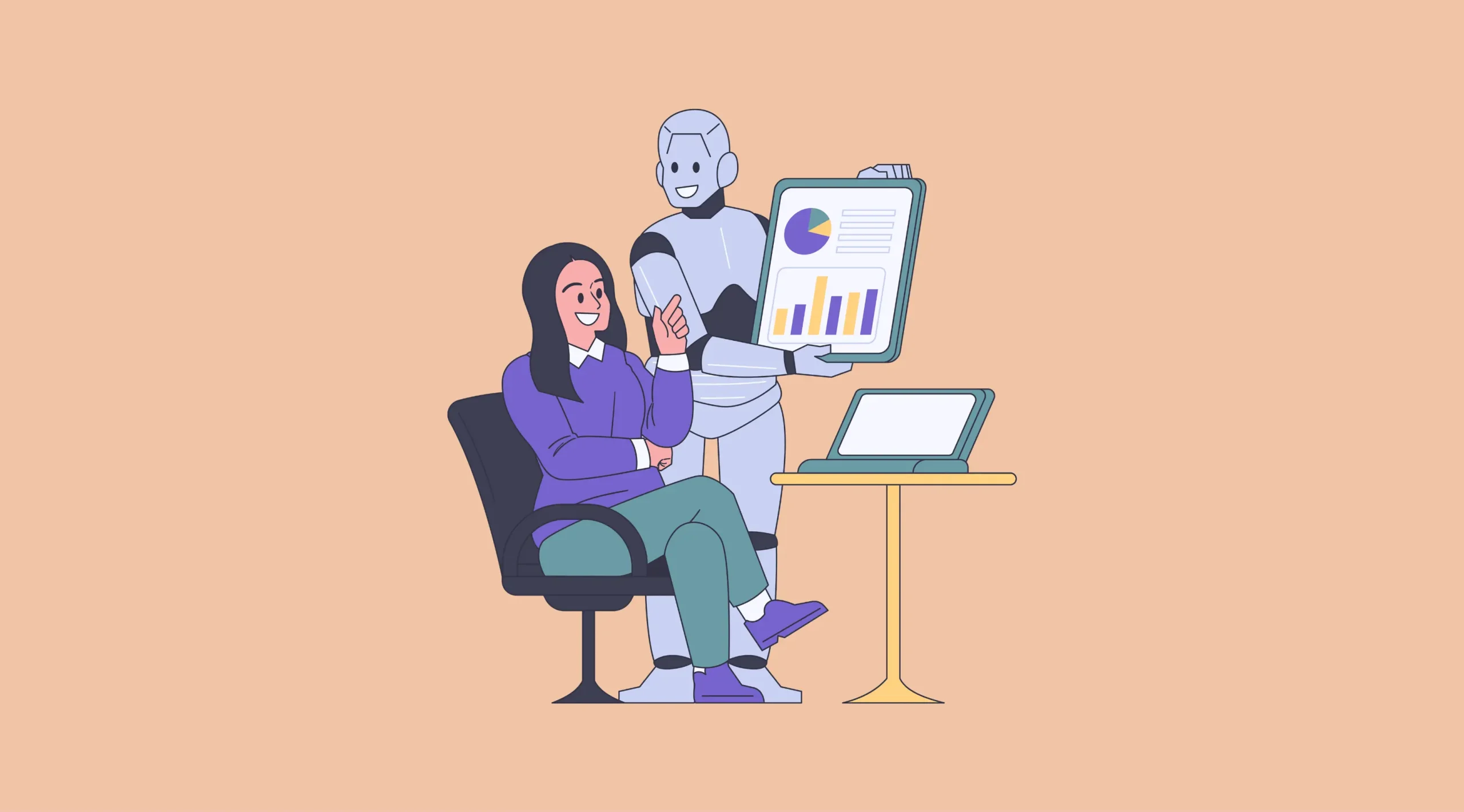
Vendor solutions, on the other hand, provide speed and pre-built expertise. Many firms adopt a hybrid model: using vendor platforms for foundational tasks (like CRM AI modules) while developing niche applications internally. This allows AI for B2B to balance cost, speed, and differentiation.
Criteria for selecting AI vendors and consultants
Selection criteria must go beyond pricing. Companies should evaluate integration capabilities, compliance guarantees, and industry-specific expertise. For instance, a logistics company choosing a vendor with proven AI for B2B success in supply chains will see faster ROI than with a generic provider.
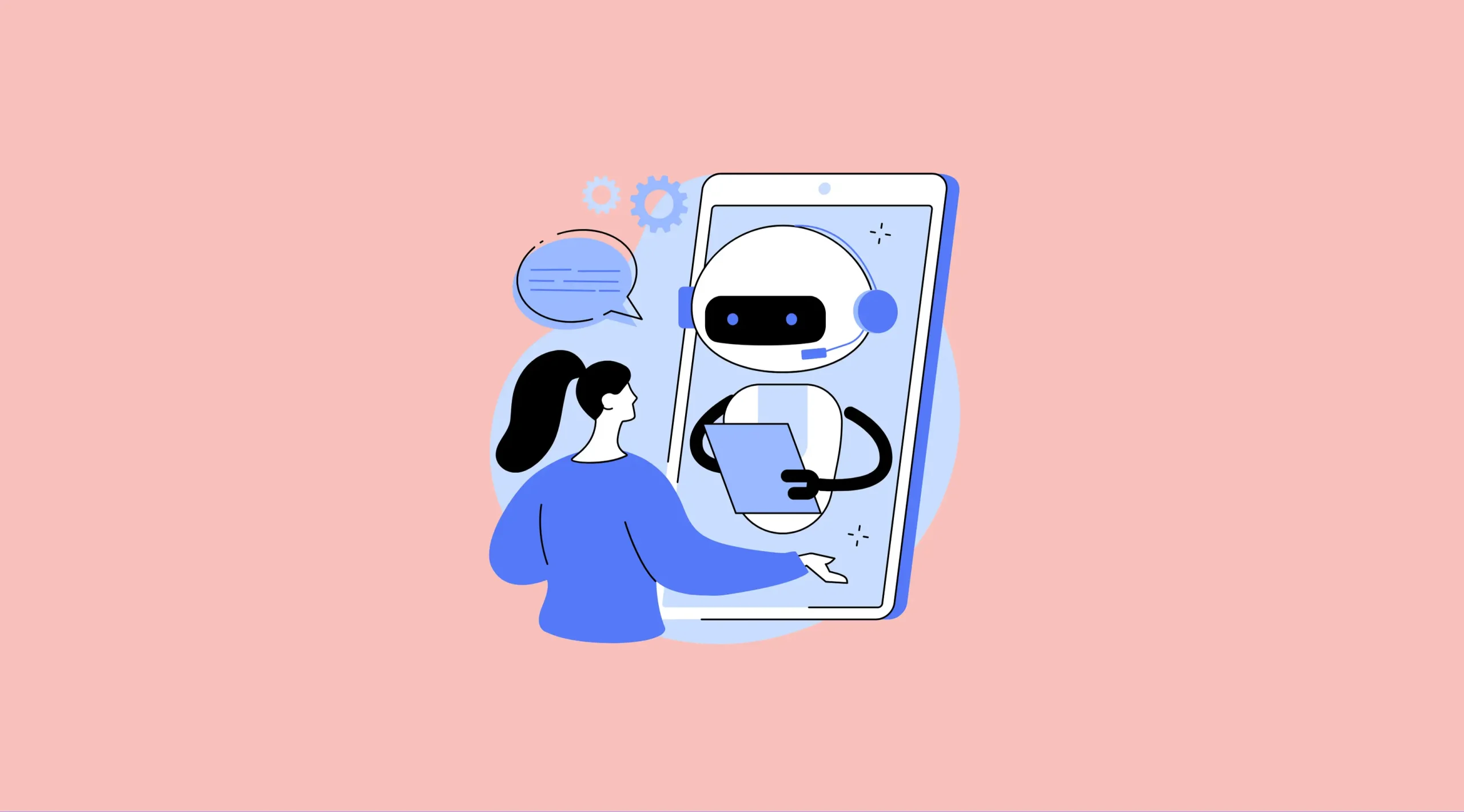
Security and scalability are also critical. Vendors must handle sensitive data responsibly while supporting long-term growth. Contracts should include clear service-level agreements (SLAs) and ongoing support commitments to avoid disruption.
Building long-term AI partnerships
The most effective AI for B2B relationships are partnerships, not transactions. Vendors aligned with long-term strategy help companies stay at the cutting edge. For example, joint innovation programs with cloud providers can unlock access to the latest AI models before competitors.
Long-term partnerships also foster co-creation. By sharing roadmaps and feedback, organizations influence vendor priorities, ensuring tools evolve with their needs. Trust and collaboration create resilience, especially in industries facing rapid change.
Training and Upskilling Teams
AI adoption is not just a technology challenge—it is a people challenge. Employees need new skills and confidence to work alongside intelligent systems. Without training and cultural alignment, even the most advanced AI for B2B solutions may face resistance or underutilization.
Building AI literacy across all departments
AI literacy should extend beyond IT. Sales teams must understand how AI scores leads, finance must trust AI forecasts, and operations must know how predictive maintenance works. Without literacy, adoption suffers from skepticism.
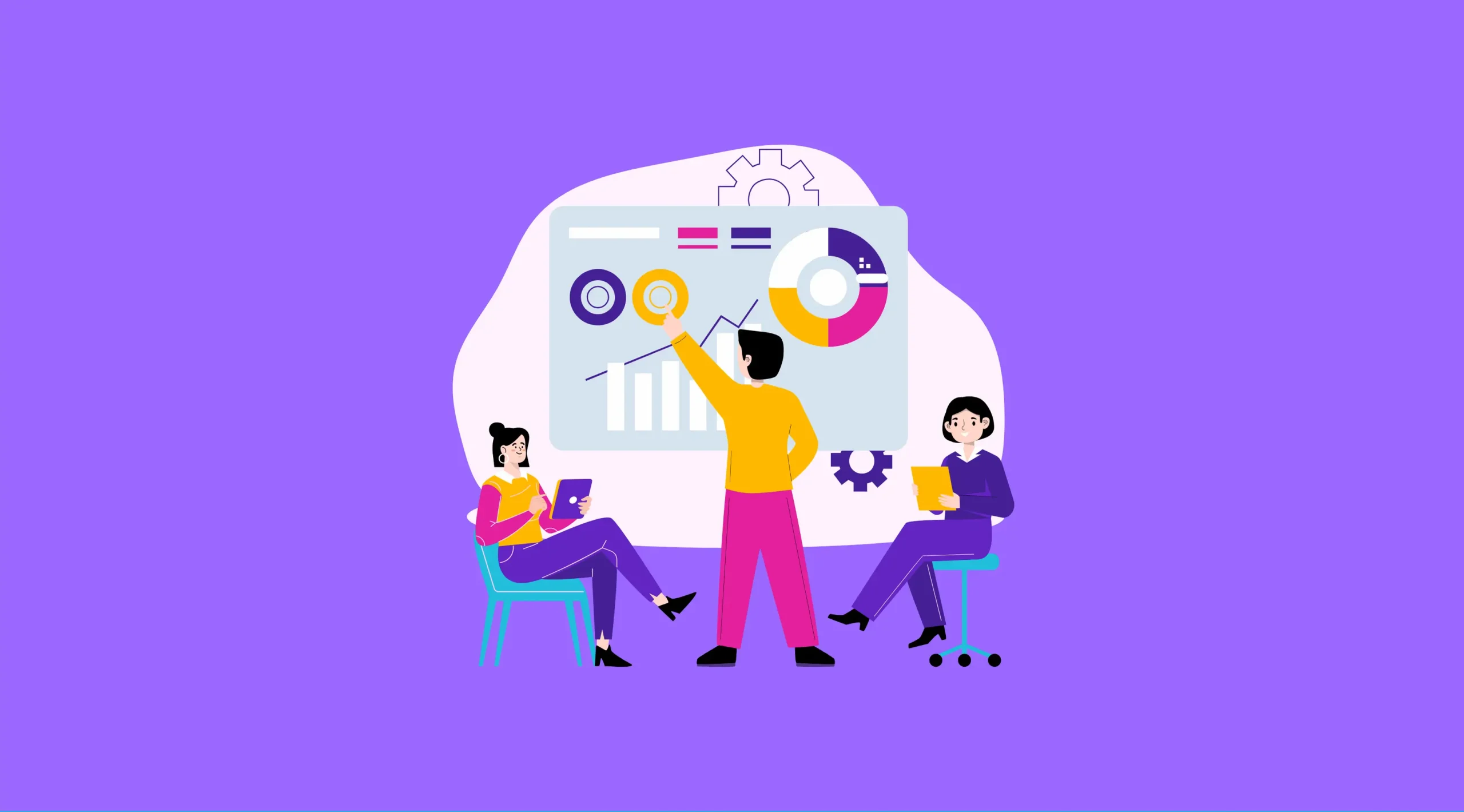
Training should focus on practical benefits, not technical jargon. When employees see how AI reduces workload or helps close deals, they become champions of adoption. AI for B2B gains traction when every department feels empowered rather than disrupted.
Creating cross-functional AI adoption teams
Cross-functional teams ensure that AI projects reflect real business needs. A group combining IT, marketing, operations, and compliance can design models that deliver relevant insights and avoid blind spots.
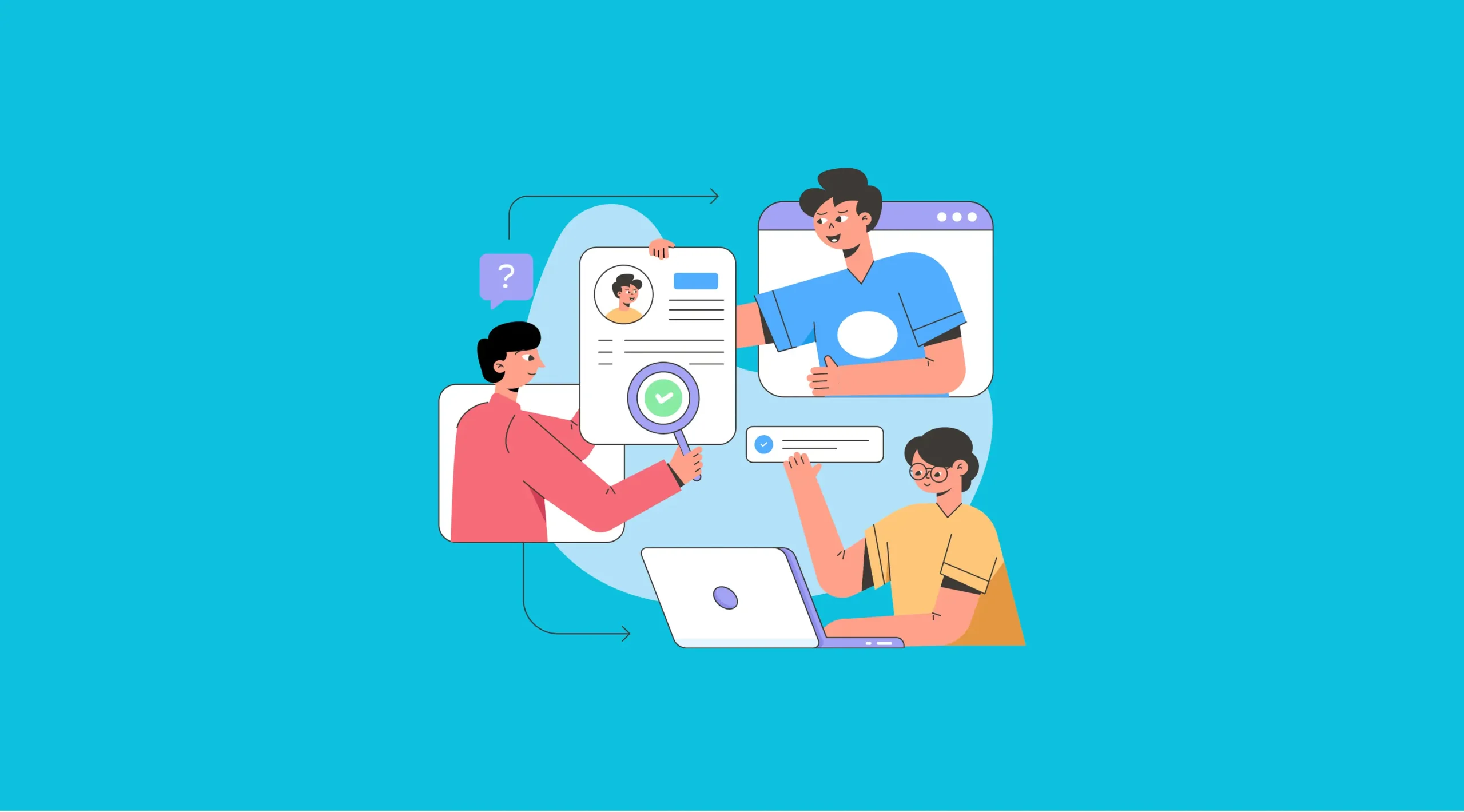
These teams also serve as change agents. By representing multiple departments, they build consensus, smooth cultural resistance, and ensure accountability. AI for B2B becomes embedded in workflows when adoption is seen as a shared responsibility.
Continuous professional development programs
AI evolves quickly, making one-time training insufficient. Companies must invest in continuous learning through certifications, workshops, and partnerships with universities or vendors. This ensures employees remain confident and current.
Professional development also supports retention. Employees trained in AI for B2B gain valuable skills, making them more engaged and loyal. Over time, a culture of learning positions the company as an industry leader in AI readiness.
Future of AI for B2B
The future of AI for B2B is not about isolated tools or experimental pilots—it is about building intelligent ecosystems that run entire industries with greater efficiency, adaptability, and resilience. As AI matures, B2B companies will move from reactive applications to proactive, self-learning systems that anticipate needs, resolve bottlenecks, and create entirely new business models. This shift will redefine how enterprises operate, compete, and collaborate across global value chains.
Trends to Watch
Several key trends are shaping the near future of AI for B2B. These include autonomous systems making complex decisions, marketplaces infused with AI intelligence, and generative AI driving new ways of working across teams and industries.
Rise of autonomous decision-making systems
Until now, AI has primarily supported human decision-making with recommendations and forecasts. The next frontier is autonomous systems capable of taking action independently. In logistics, AI for B2B could reroute fleets during unexpected disruptions without waiting for human approval. In finance, AI engines might approve low-risk trade finance applications automatically, freeing managers to focus on exceptions.

The power of autonomous systems lies in speed and scale. By reducing decision latency from hours to seconds, B2B firms gain significant efficiency and responsiveness. However, this also requires robust governance to ensure accountability. Companies must prepare policies, safeguards, and auditing frameworks so autonomous AI supports strategy without introducing risks.
Expansion of AI-driven marketplaces
Marketplaces are becoming central hubs of B2B trade, and AI is making them smarter. Platforms like Alibaba and Amazon Business already use AI to match buyers with sellers, optimize pricing, and forecast demand. The future will see AI for B2B enabling dynamic negotiation, personalized supplier recommendations, and automated compliance checks during transactions.
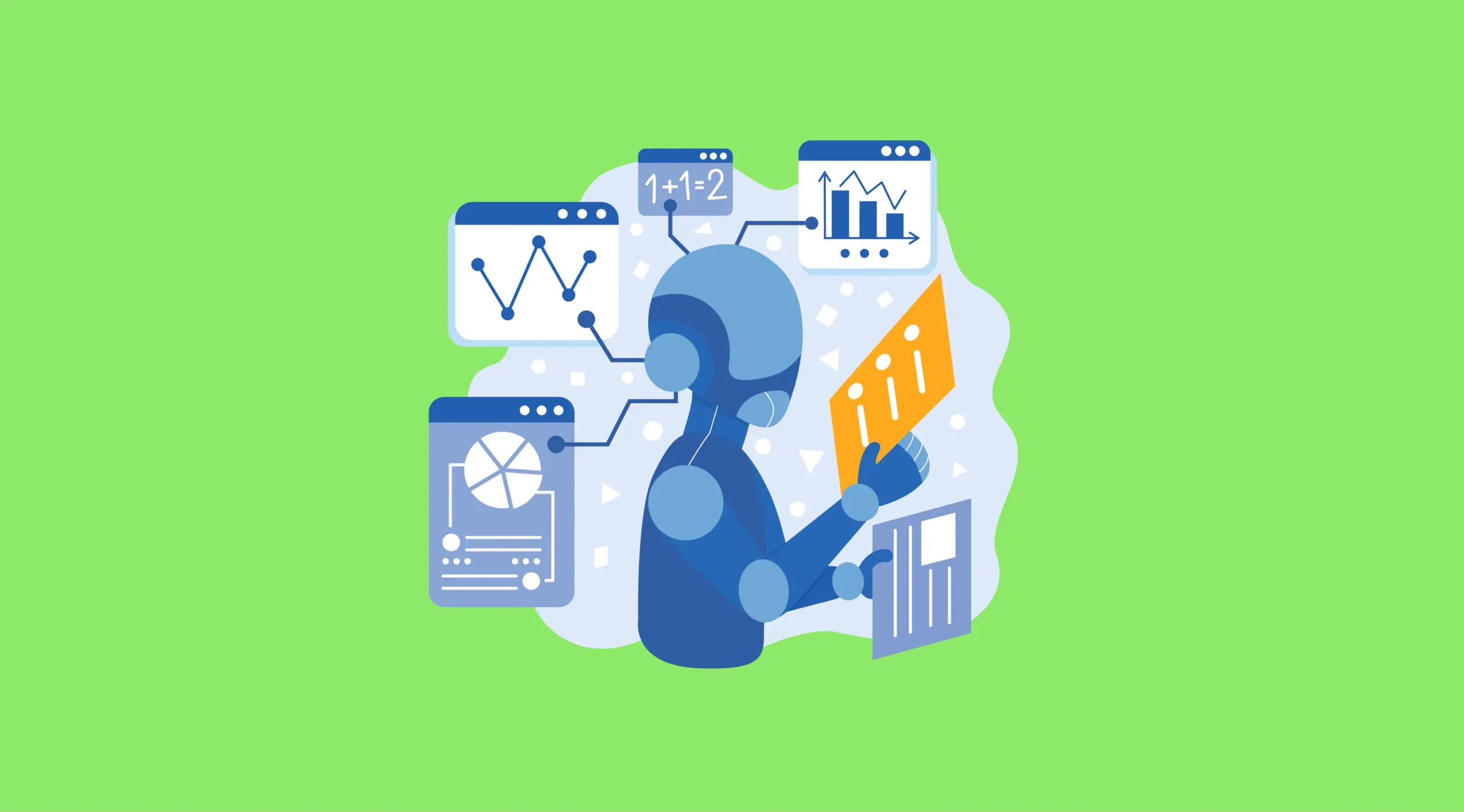
For smaller businesses, AI-driven marketplaces lower barriers by offering intelligence once reserved for global enterprises. Sellers can compete globally with AI-driven pricing insights, while buyers enjoy faster sourcing and better risk transparency. This democratization will expand participation in global trade while setting new expectations for speed, trust, and personalization.
Generative AI reshaping enterprise collaboration
Generative AI is redefining knowledge work. In B2B environments, it enables teams to draft proposals, generate technical documentation, and create client-ready presentations at unprecedented speed. For example, account-based marketing campaigns can be tailored for each decision-maker with AI-generated assets that adapt in tone, content, and structure.
More importantly, generative AI transforms collaboration by serving as a shared partner across functions. Sales, marketing, operations, and compliance teams can co-create content, analyze insights, and brainstorm solutions with AI acting as a facilitator. This trend turns AI for B2B into an engine of innovation, breaking silos and fostering continuous cross-functional alignment.
The Role of Agentic AI in B2B
Beyond generative models, the next wave is agentic AI—autonomous agents capable of executing tasks end-to-end. For B2B companies, this promises to eliminate bottlenecks, accelerate negotiations, and optimize supply chains at a level no human team could match.
From advisory to action-taking AI agents
Today, AI largely serves in advisory roles, offering predictions or recommendations. Agentic AI takes the next step by executing tasks independently. For example, instead of merely suggesting the best supplier, an AI agent could initiate a purchase order, manage approvals, and schedule delivery. This turns AI for B2B from a support system into an operational partner.
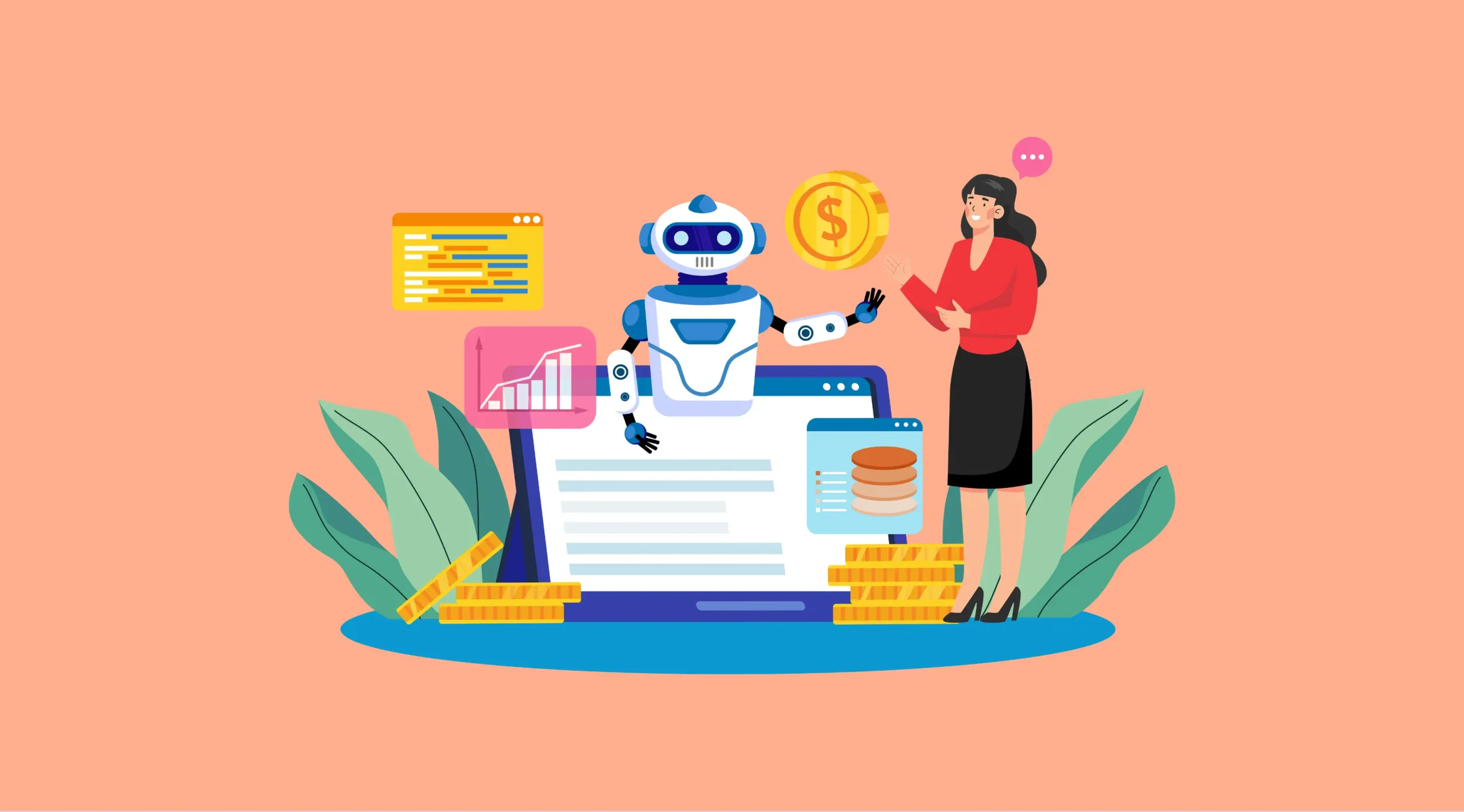
The shift from advisory to action requires trust and governance. Companies must define which actions can be safely automated and where human oversight is mandatory. By gradually increasing autonomy, B2B firms can harness the speed of agentic AI without compromising compliance or customer trust.
Agentic AI in procurement and contract negotiation
Procurement is one of the most complex B2B functions, involving multiple stakeholders, regulations, and financial risks. Agentic AI could autonomously draft RFPs, evaluate supplier responses, and even negotiate pricing or terms within defined parameters. Instead of weeks of back-and-forth, procurement cycles could be completed in days or hours.
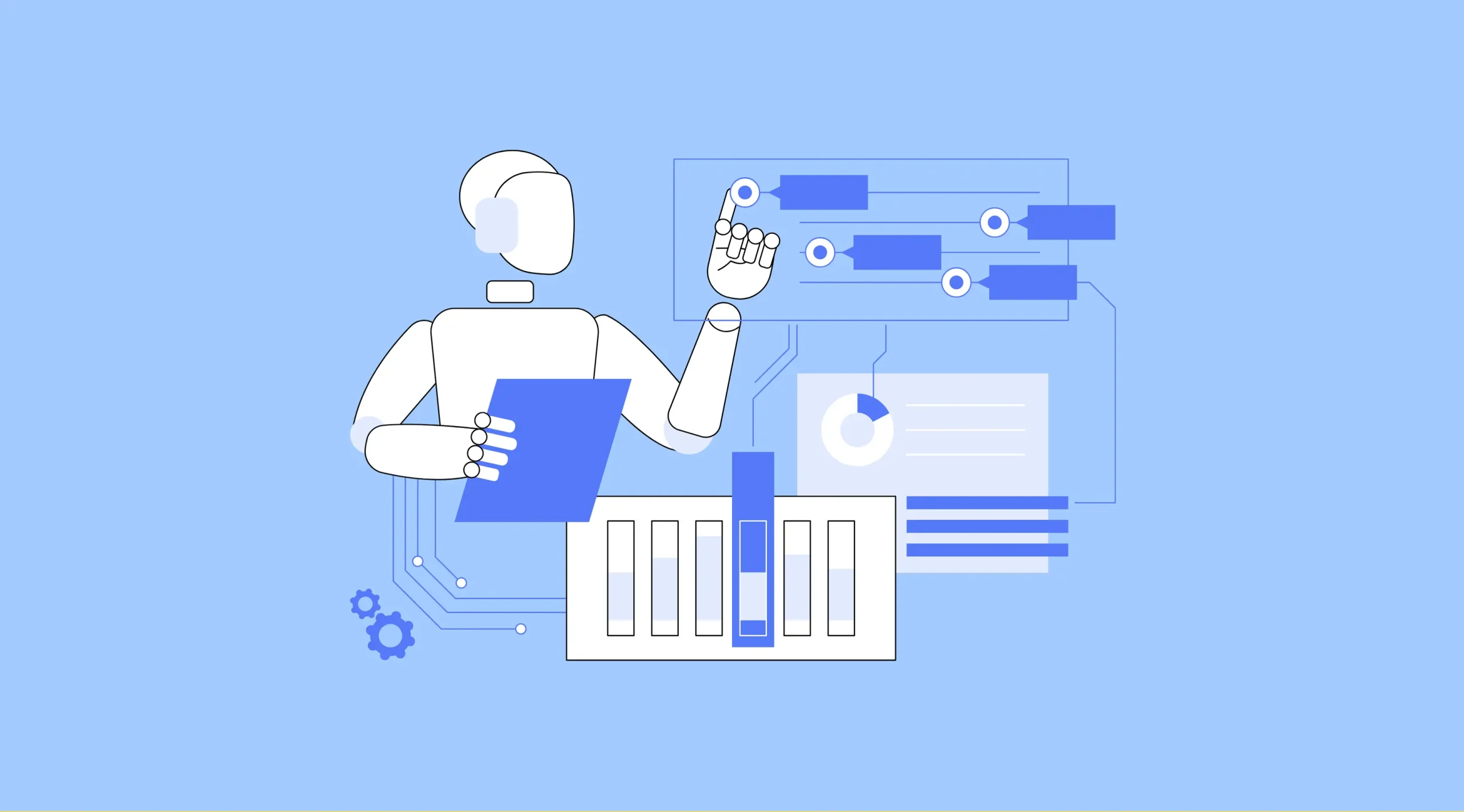
For contract negotiations, AI for B2B agents could analyze historical contracts, flag risky clauses, and generate counterproposals automatically. This accelerates deal closure while reducing legal risk. Procurement professionals would shift their focus from routine negotiations to strategic supplier partnerships, using AI as a tactical execution layer.
Autonomous AI for supply chain operations
Supply chains span multiple geographies, carriers, and regulations, making them ideal for agentic AI. Future systems will monitor real-time conditions such as port congestion, weather, and political risks, then reroute shipments automatically. For example, if a factory shutdown delays raw materials, AI for B2B agents could instantly source alternative suppliers and update schedules without human intervention.
The result is not only resilience but also efficiency. By continuously optimizing logistics, autonomous AI reduces costs, minimizes waste, and improves customer satisfaction. This level of responsiveness will become a competitive necessity in industries where delays translate into millions of dollars in lost revenue.
Predictions for 2030
Looking ahead to 2030, AI for B2B will not just optimize operations—it will redefine the entire landscape of global trade, technology integration, and workplace collaboration.
AI-driven ecosystems dominating global B2B trade
By 2030, B2B ecosystems will be orchestrated by AI. Platforms will handle discovery, negotiation, logistics, and compliance seamlessly across borders. Enterprises will rely on AI for B2B to automate nearly every stage of trade, from supplier selection to delivery verification.
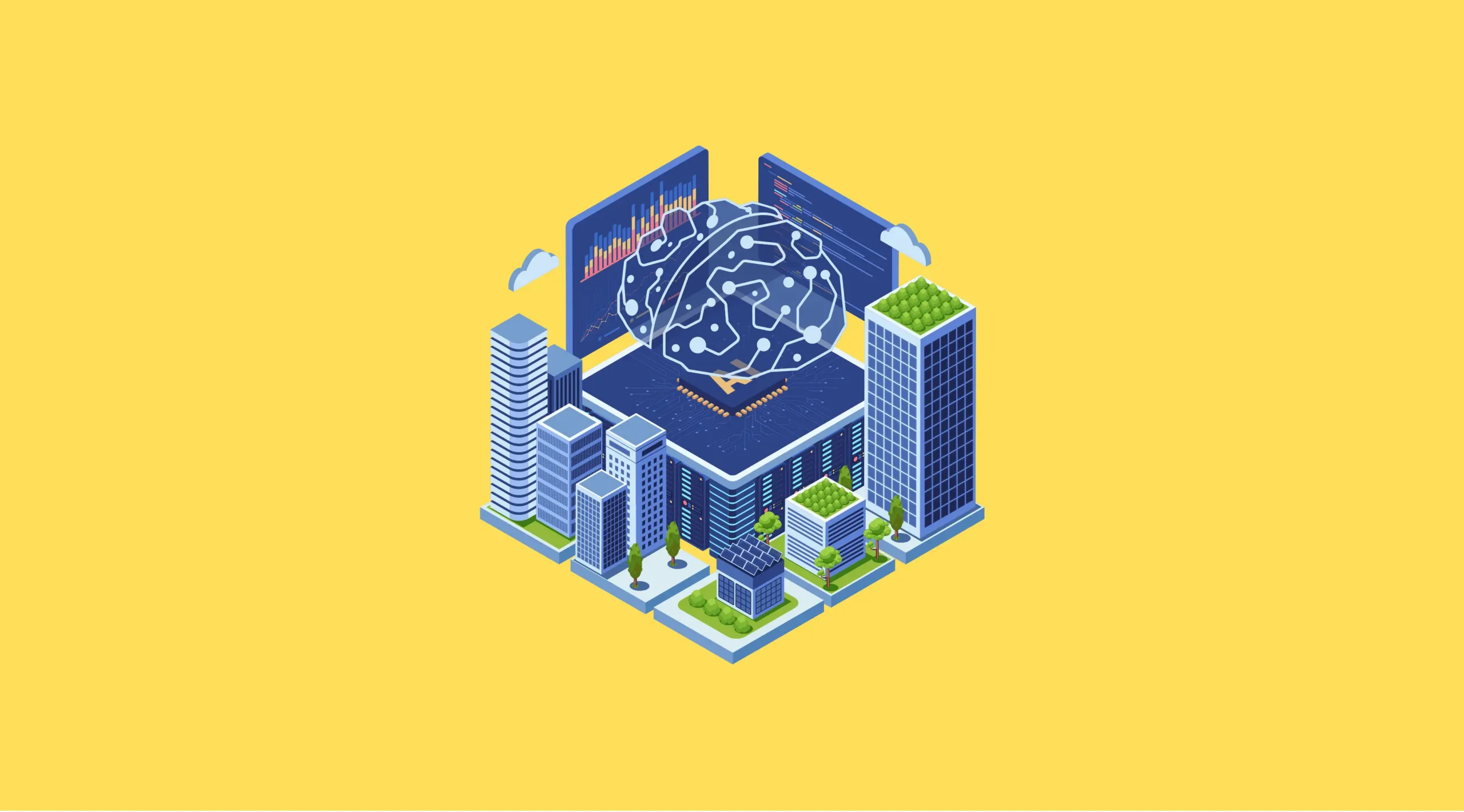
These ecosystems will also integrate sustainability metrics, helping firms measure carbon impact and align with ESG regulations. As governments push for greater transparency, AI will become the backbone of responsible global commerce. Companies that resist will find themselves excluded from next-generation marketplaces.
Integration of AI with IoT and blockchain
The convergence of AI, IoT, and blockchain will create unprecedented visibility and trust in B2B. IoT sensors will feed real-time data on goods in transit, while blockchain will ensure immutable transaction records. AI for B2B will analyze this data to predict disruptions, verify authenticity, and optimize handoffs.
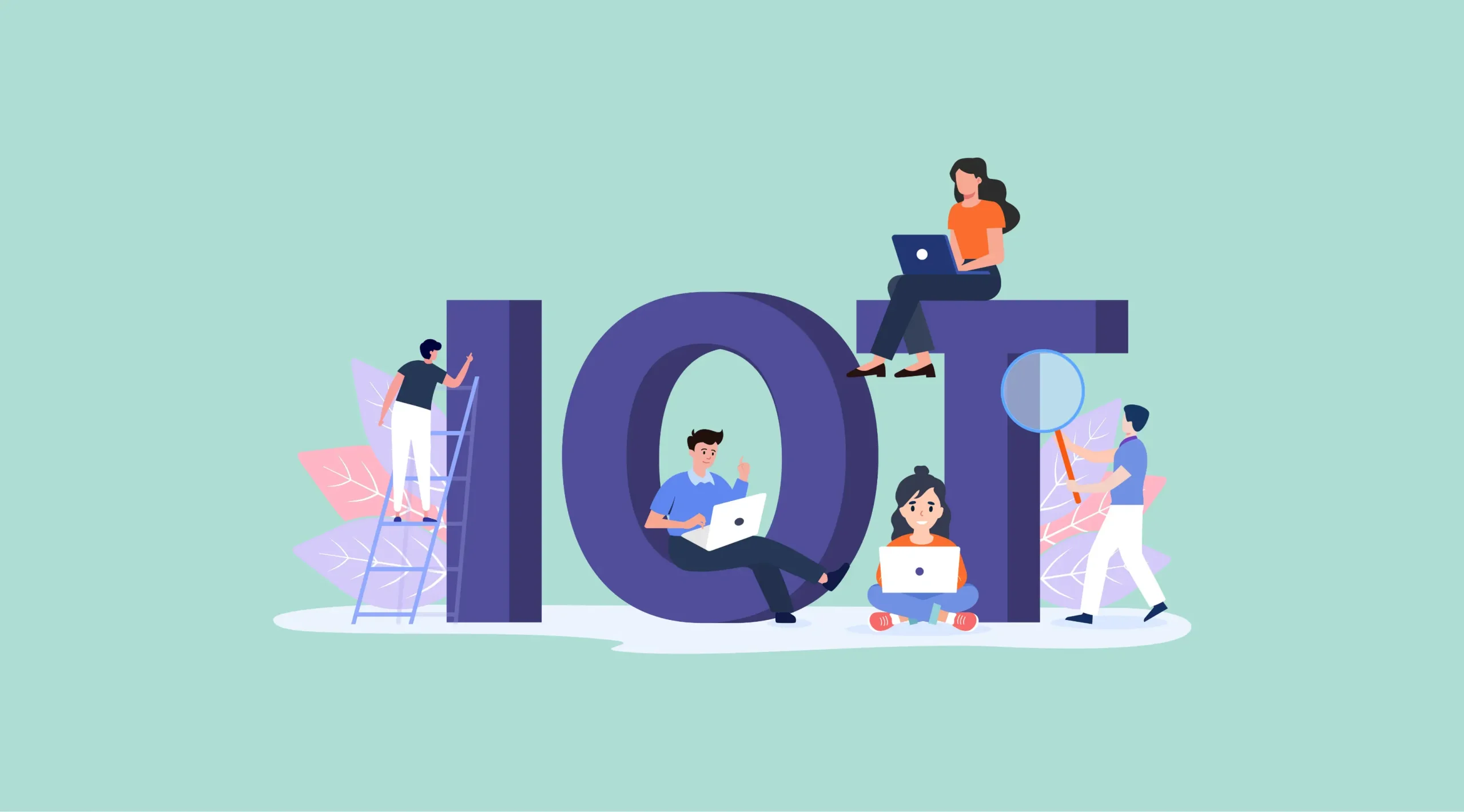
For instance, a pharmaceutical company could track medicine from factory to hospital, with AI ensuring temperature compliance, blockchain verifying origin, and IoT confirming delivery. This triad will not only reduce fraud and waste but also set a new standard of transparency in global trade.
Human-AI collaboration becoming the enterprise norm
By 2030, human-AI collaboration will no longer be experimental—it will be standard practice. Employees will work alongside AI copilots embedded in every workflow, from drafting proposals to managing supply chains. Instead of replacing people, AI for B2B will augment them, freeing human talent to focus on creativity, strategy, and relationship-building.
The cultural shift will be as profound as the technological one. Enterprises will prioritize training employees to collaborate effectively with AI, and career progression will hinge on the ability to leverage intelligent systems. Human-AI teams will become the new unit of productivity in the B2B economy.

By 2030, AI for B2B will no longer be a support tool but a central driver of B2B success. With autonomous systems, integrated ecosystems, and seamless human-AI collaboration, enterprises will achieve unprecedented efficiency, resilience, and innovation across industries.
Conclusion
AI is no longer a futuristic concept reserved for a select few innovators — it has become the engine transforming the entire B2B landscape. Across marketing, sales, customer service, supply chain, finance, healthcare, and technology, AI for B2B introduces new efficiencies, reduces costs, and enhances collaboration. From predictive maintenance and demand forecasting to generative AI for proposals and agentic AI in procurement, this transformation runs deep. It’s not about adding tools at the margins but embedding intelligence into the core of enterprise operations. Companies already on this journey are seeing measurable gains in customer trust, resilience, and revenue growth, while those delaying adoption risk losing relevance in an increasingly data-driven market.
For business leaders, the message is clear: successful AI for B2B adoption requires more than isolated projects — it demands structured transformation. That means building a clear roadmap, developing trusted vendor partnerships, integrating AI into ERP and CRM systems, and continuously upskilling teams. Enterprises must assess digital maturity, identify high-impact use cases, and track measurable, outcome-driven KPIs. Organizational change is equally critical, from overcoming resistance to cultivating collaboration and AI literacy across every department. And at every step, governance and ethics must lead the way, ensuring transparency, fairness, and accountability. Thoughtfully implemented, AI for B2B becomes a long-term differentiator — not a short-term efficiency upgrade.
The coming decade will only accelerate this shift. By 2030, AI-driven ecosystems, agentic AI, and convergence with IoT and blockchain will redefine B2B trade at a global scale. Human–AI collaboration will become the enterprise standard, and autonomous systems will coordinate operations with minimal intervention. Those who act now won’t just gain efficiency — they’ll shape the future of intelligent commerce. The final takeaway is simple but vital: AI for B2B is the cornerstone of resilience and growth in the modern economy. Enterprises must embrace it not as an optional upgrade, but as a necessary transformation to lead in the years ahead.
For a complete understanding of how this vision evolved, readers can revisit Part 1: Foundations and Core Applications and Part 2: Real-World Case Studies & Success Stories, which together lay the groundwork for this long-term transformation.


